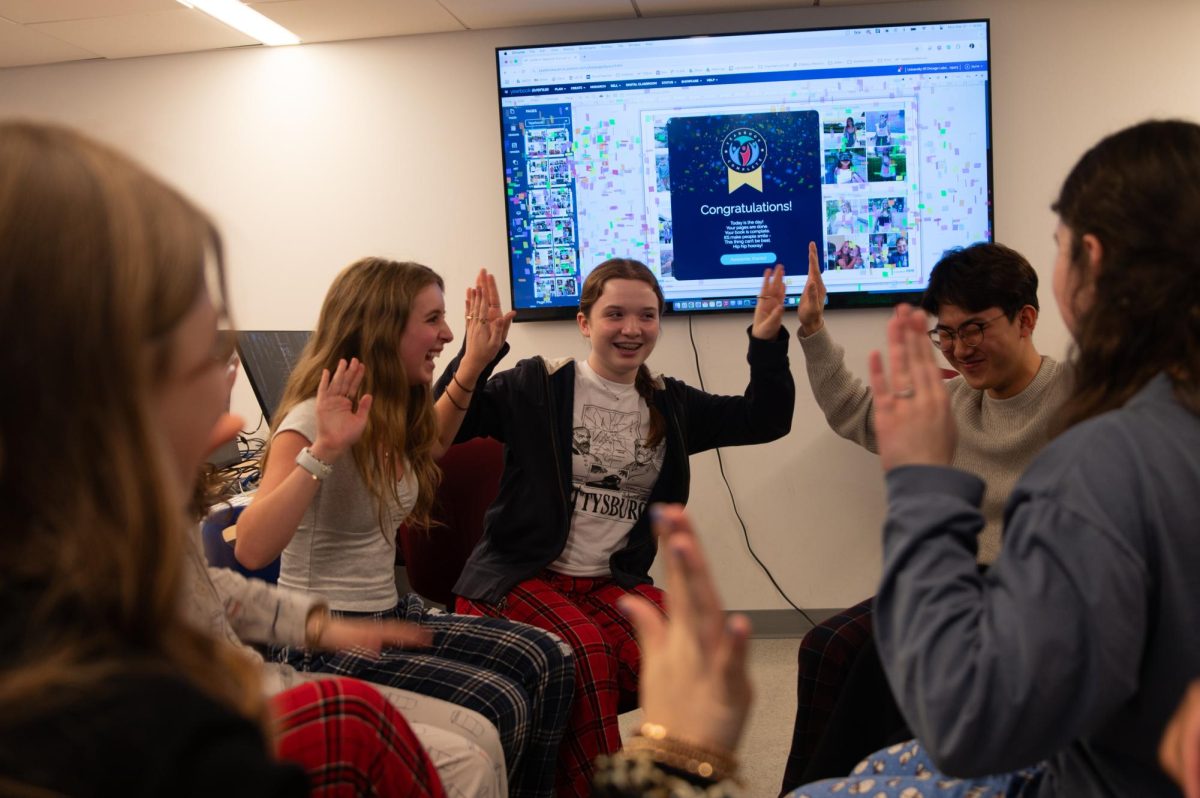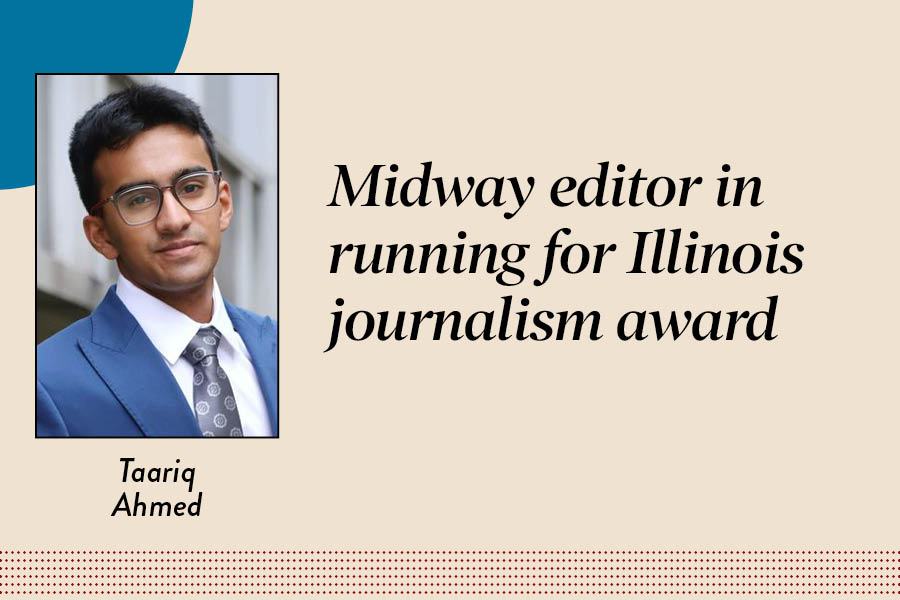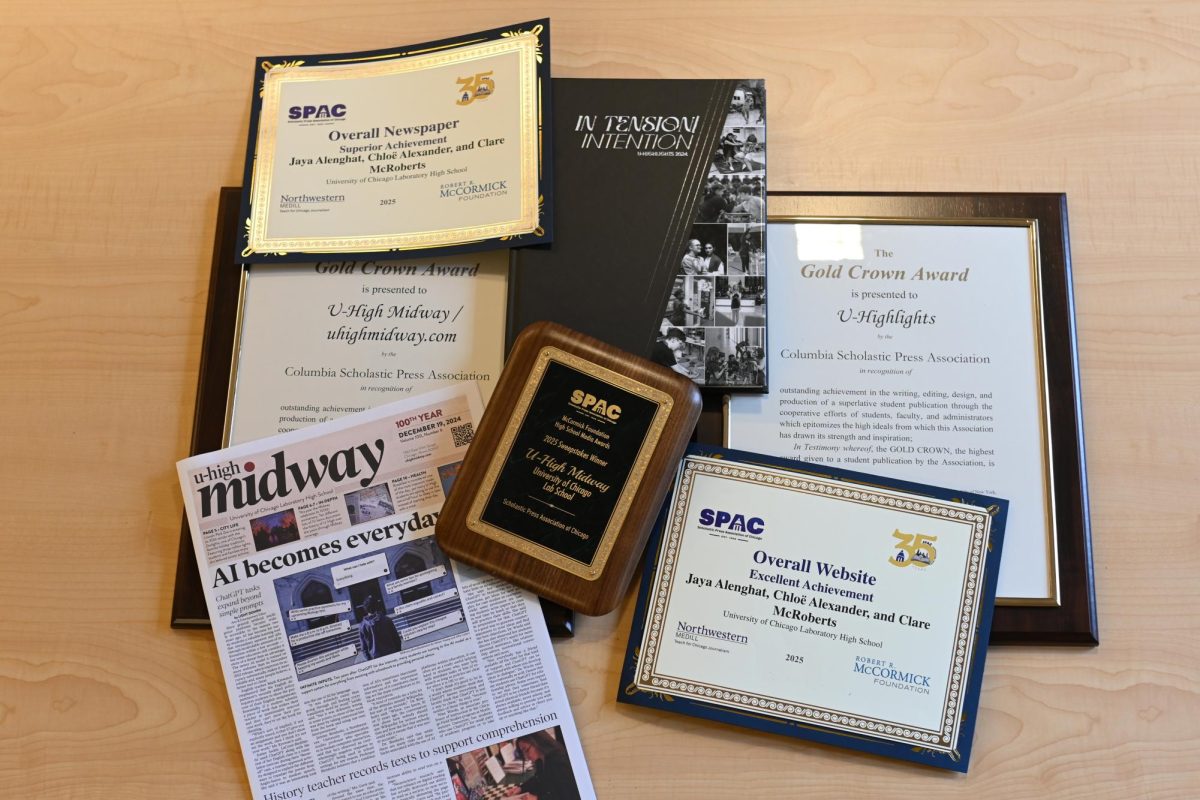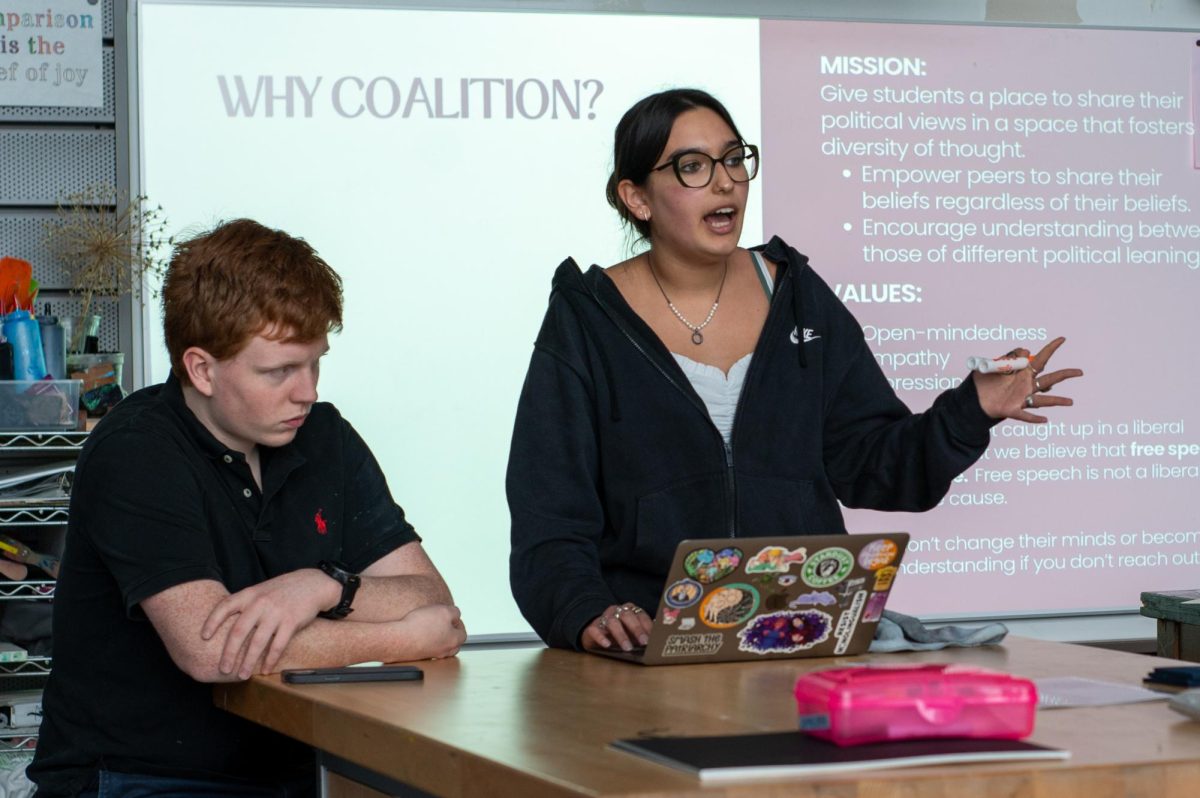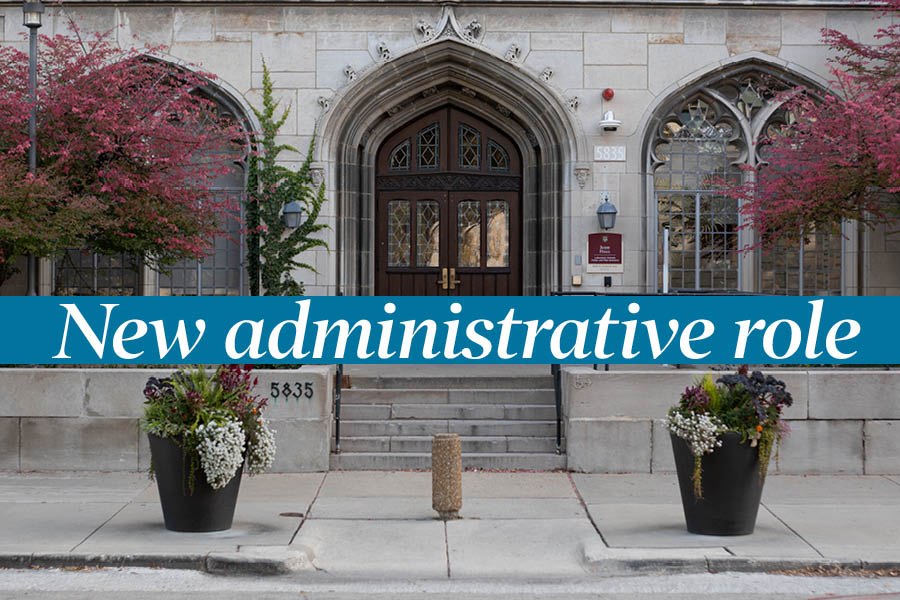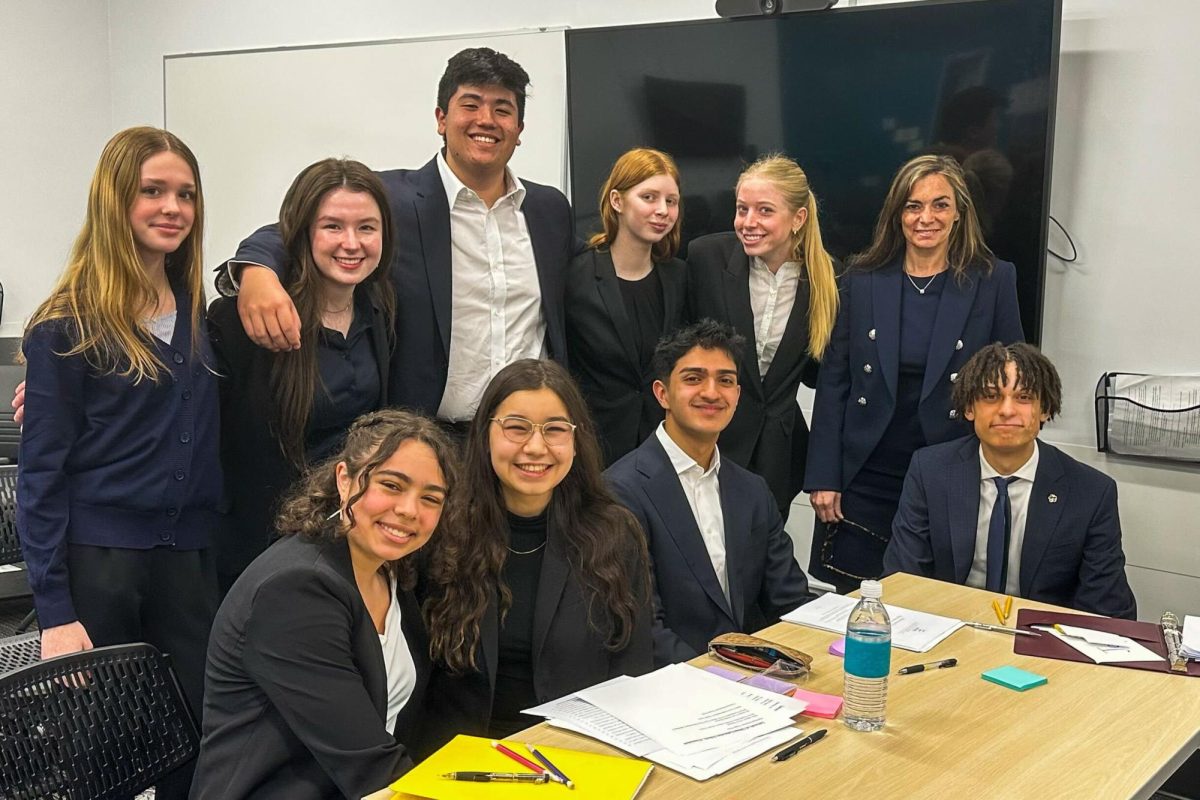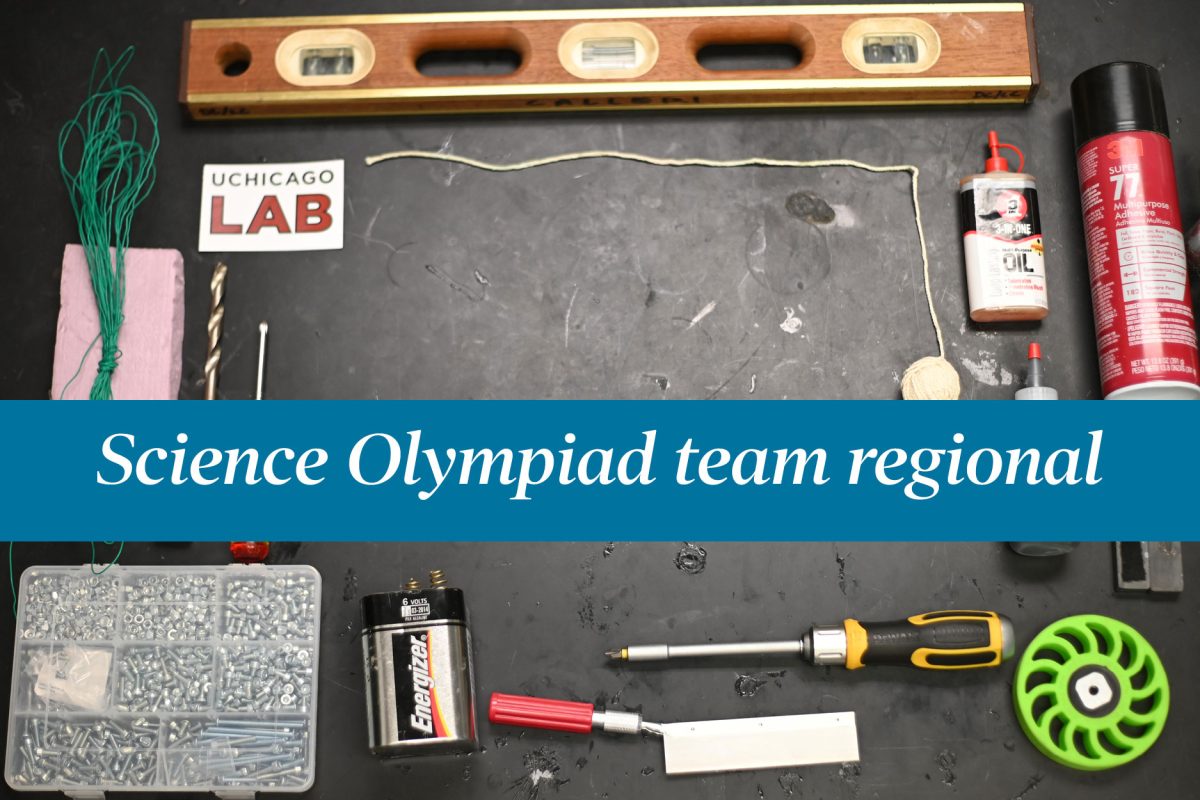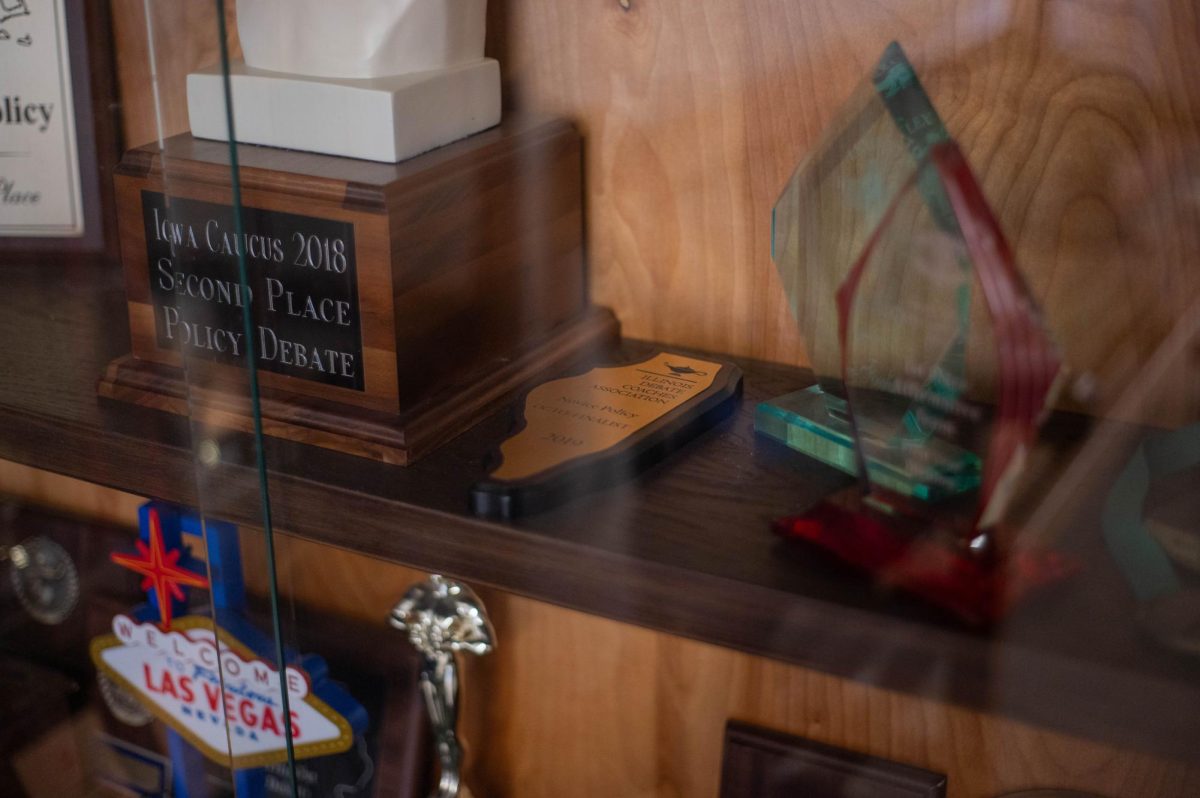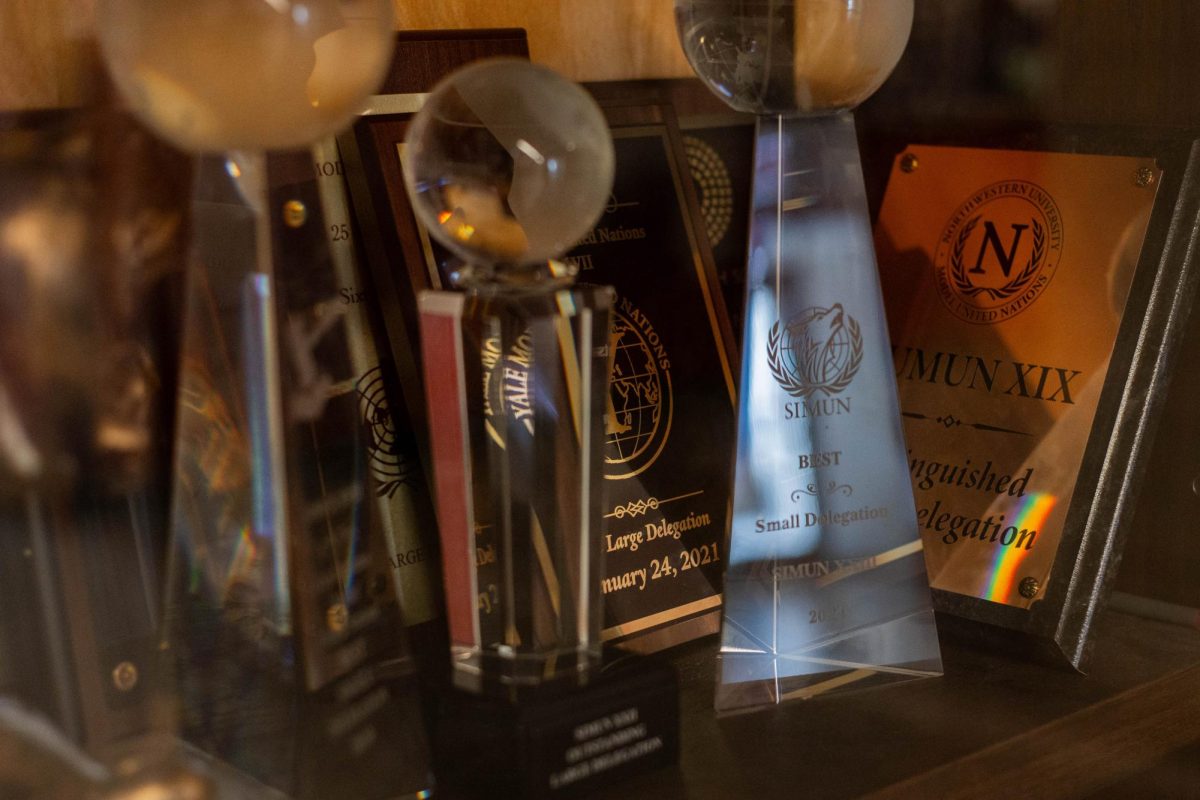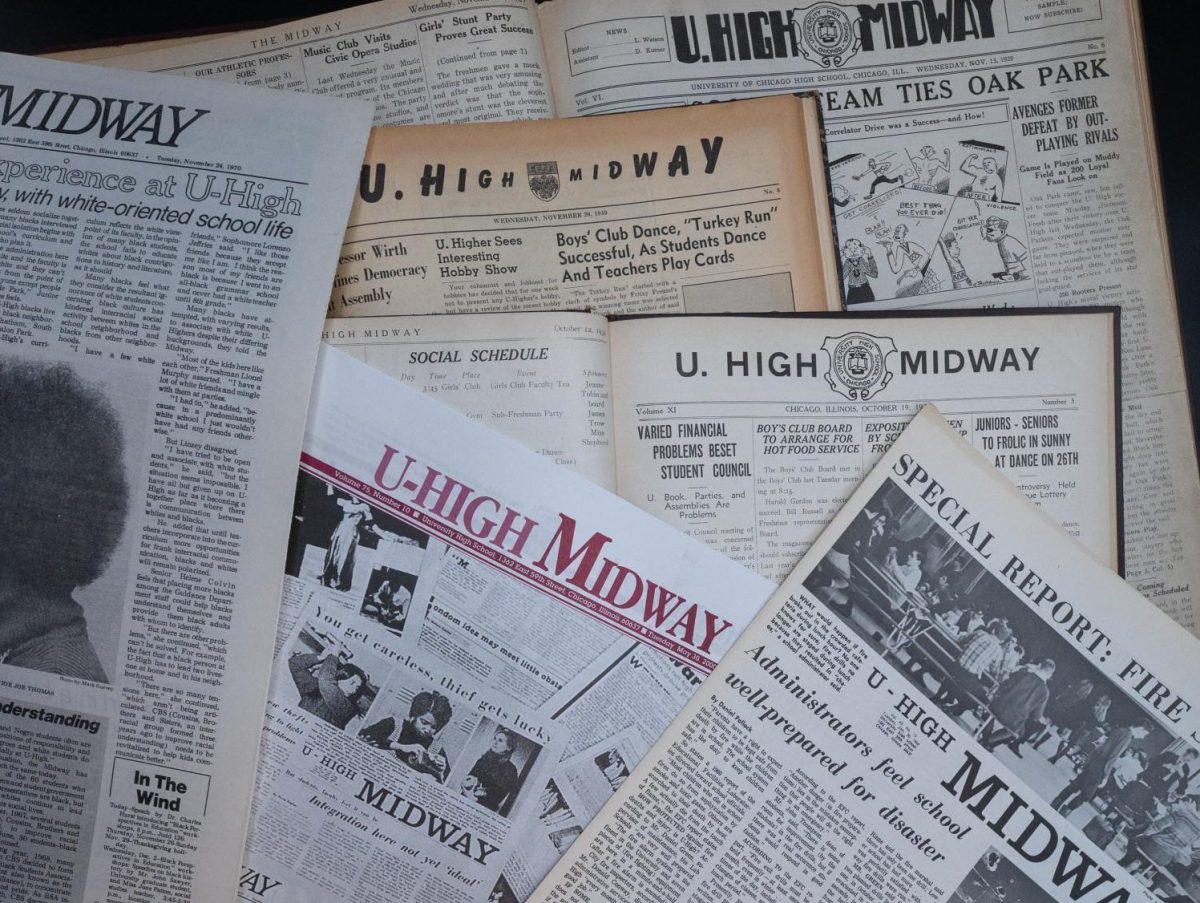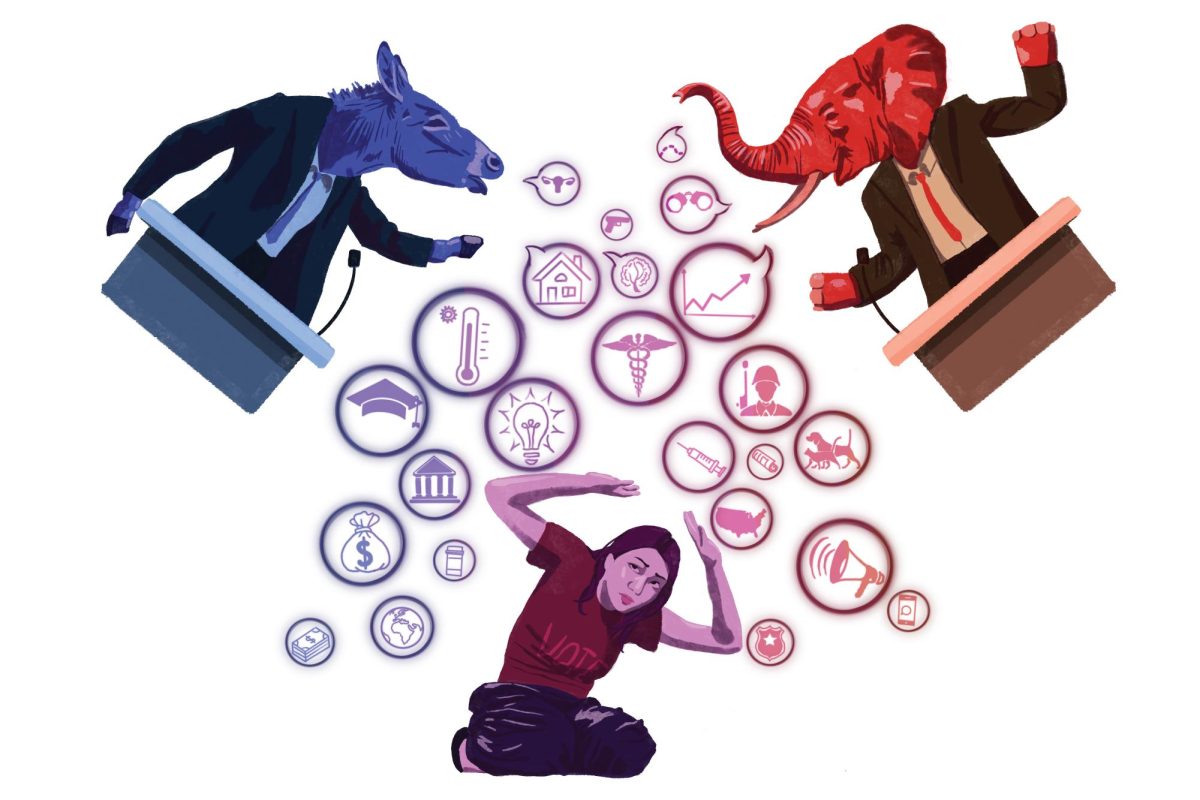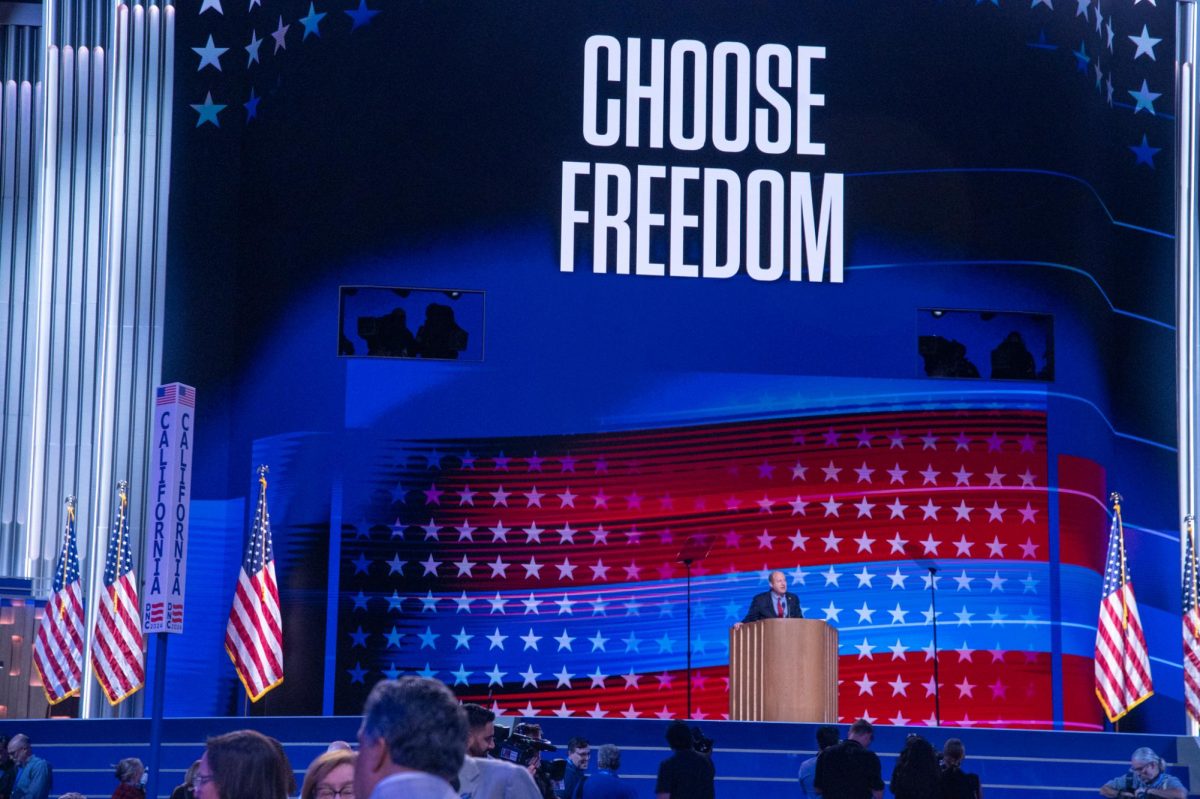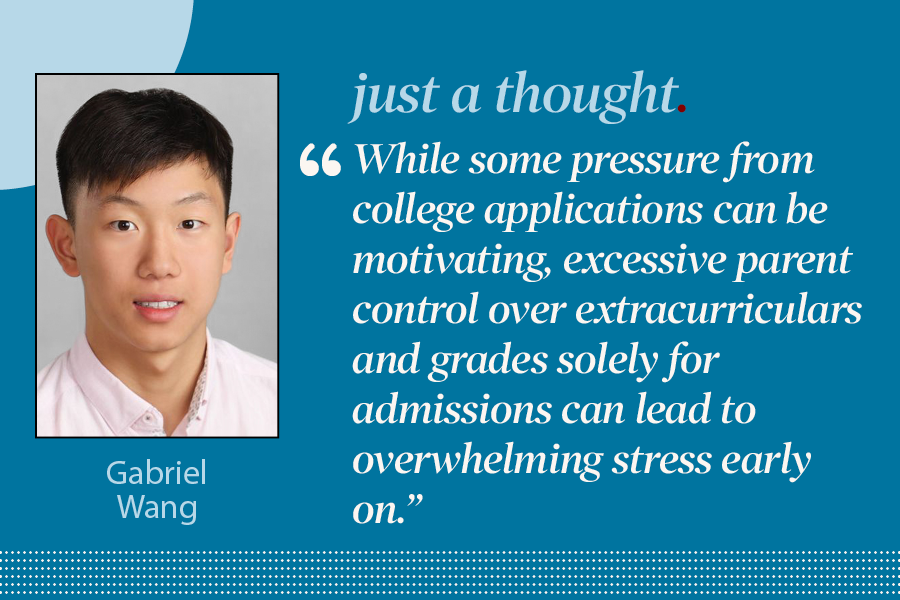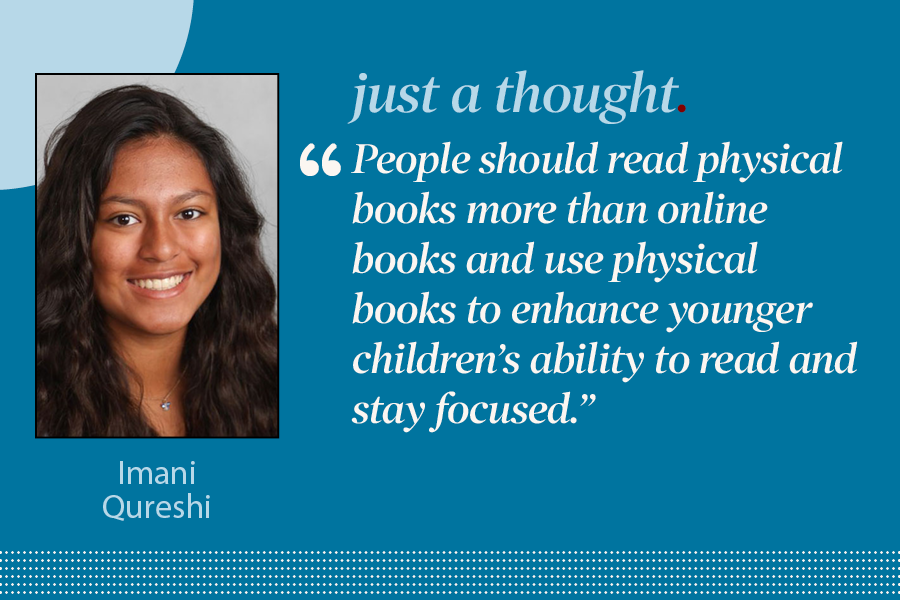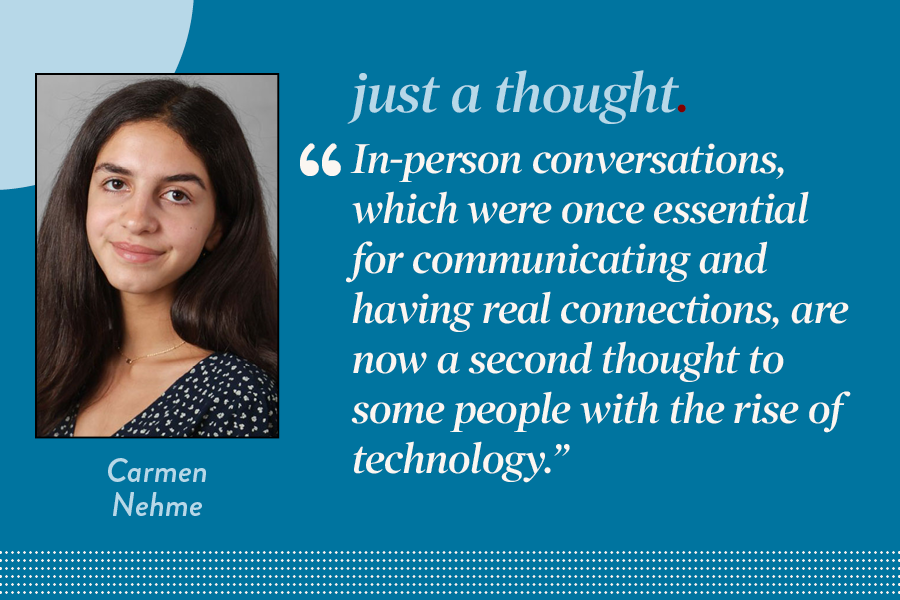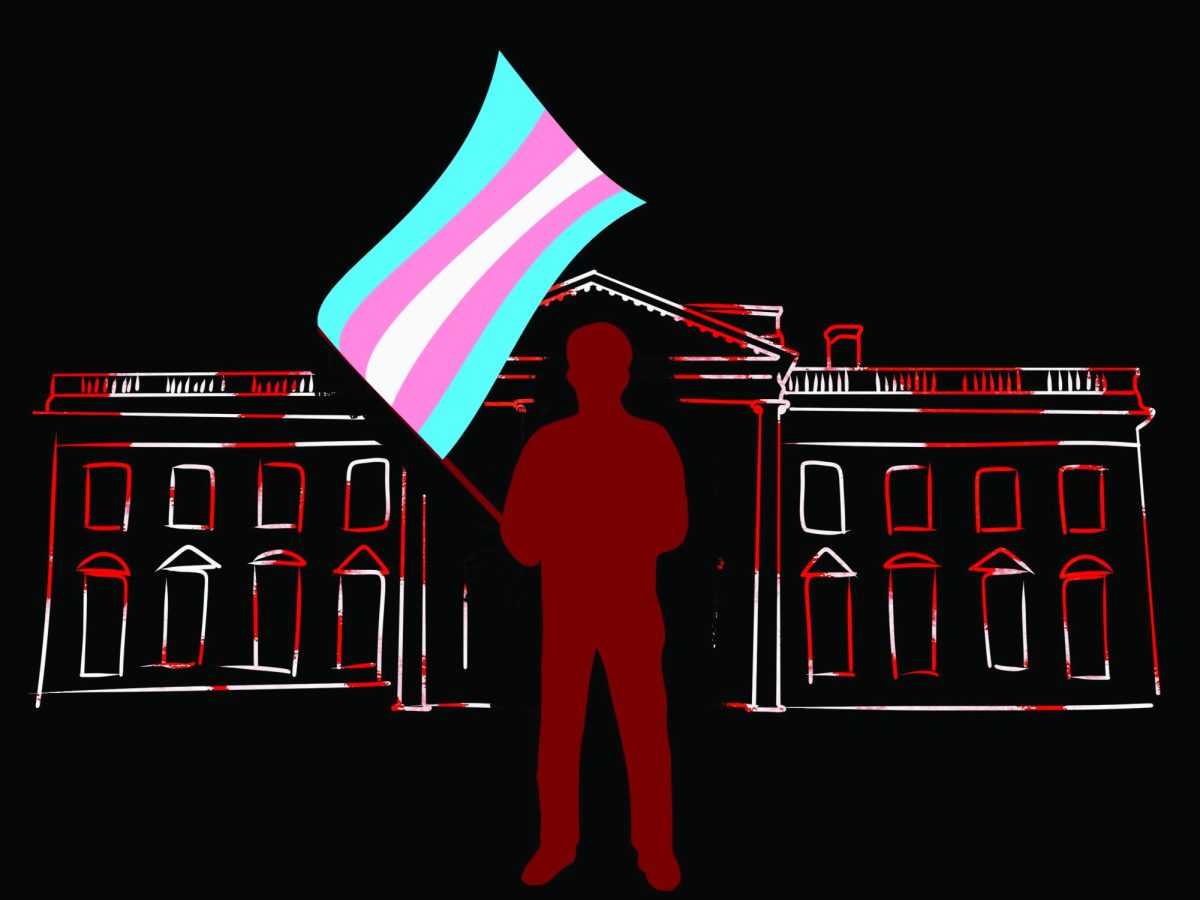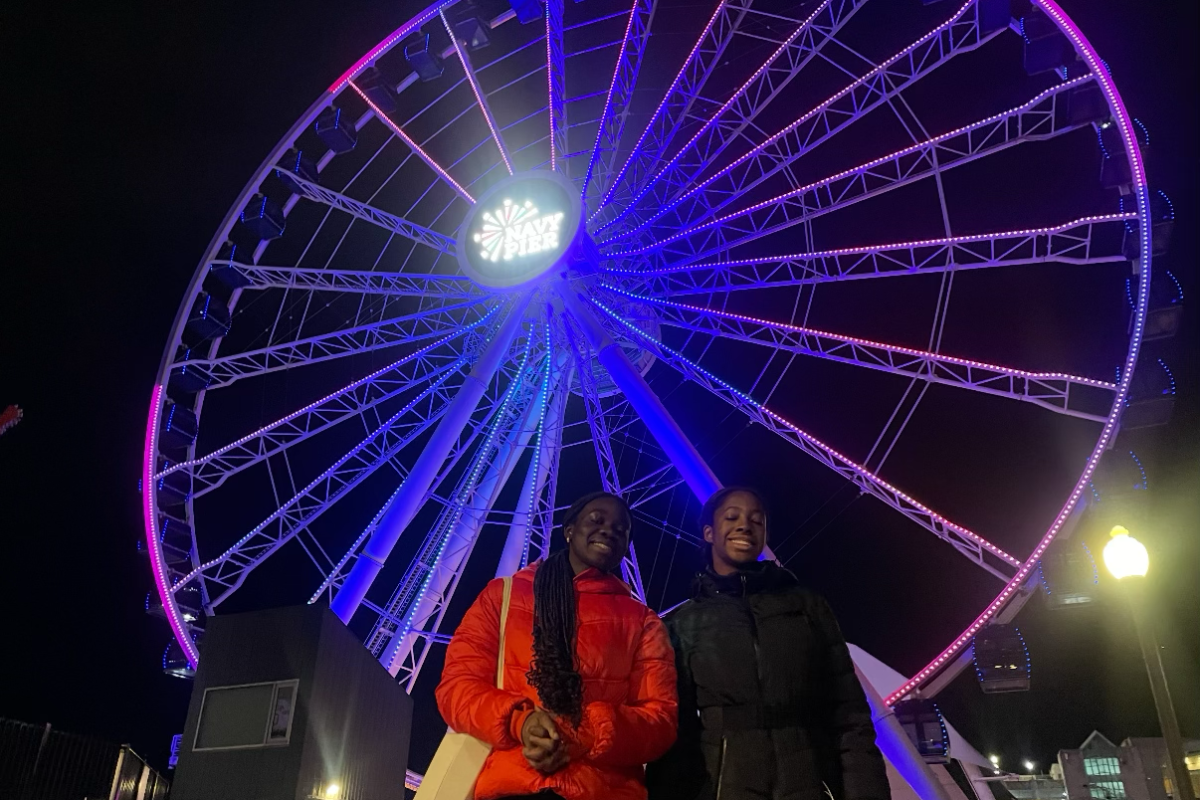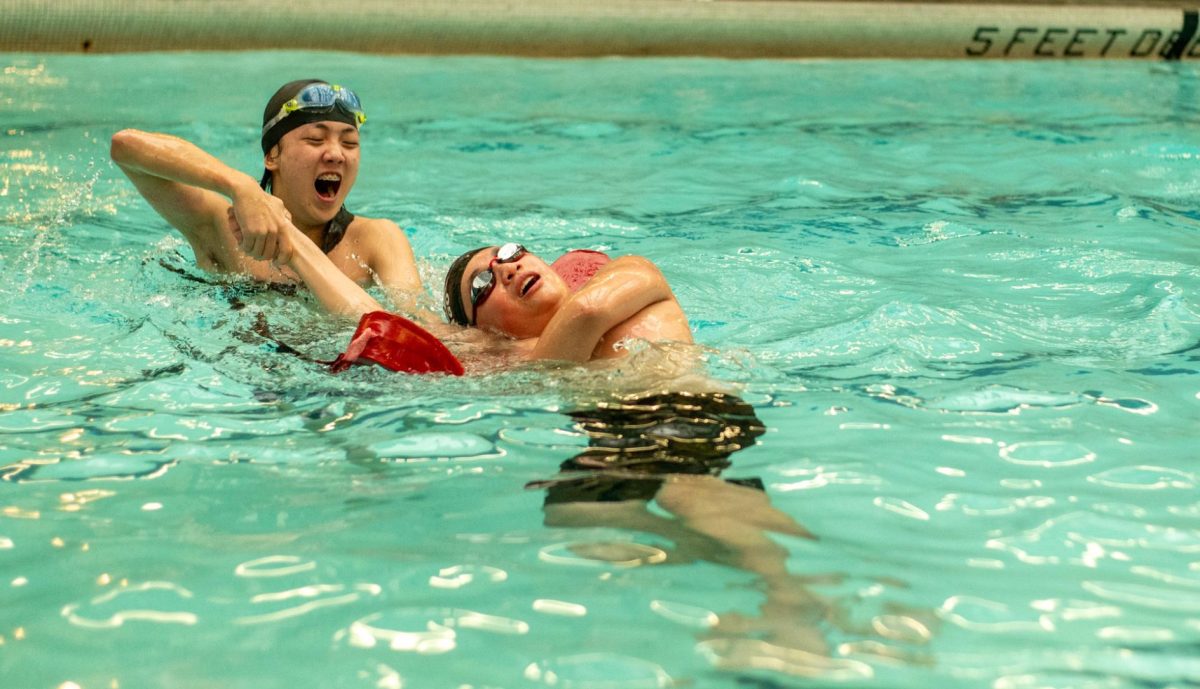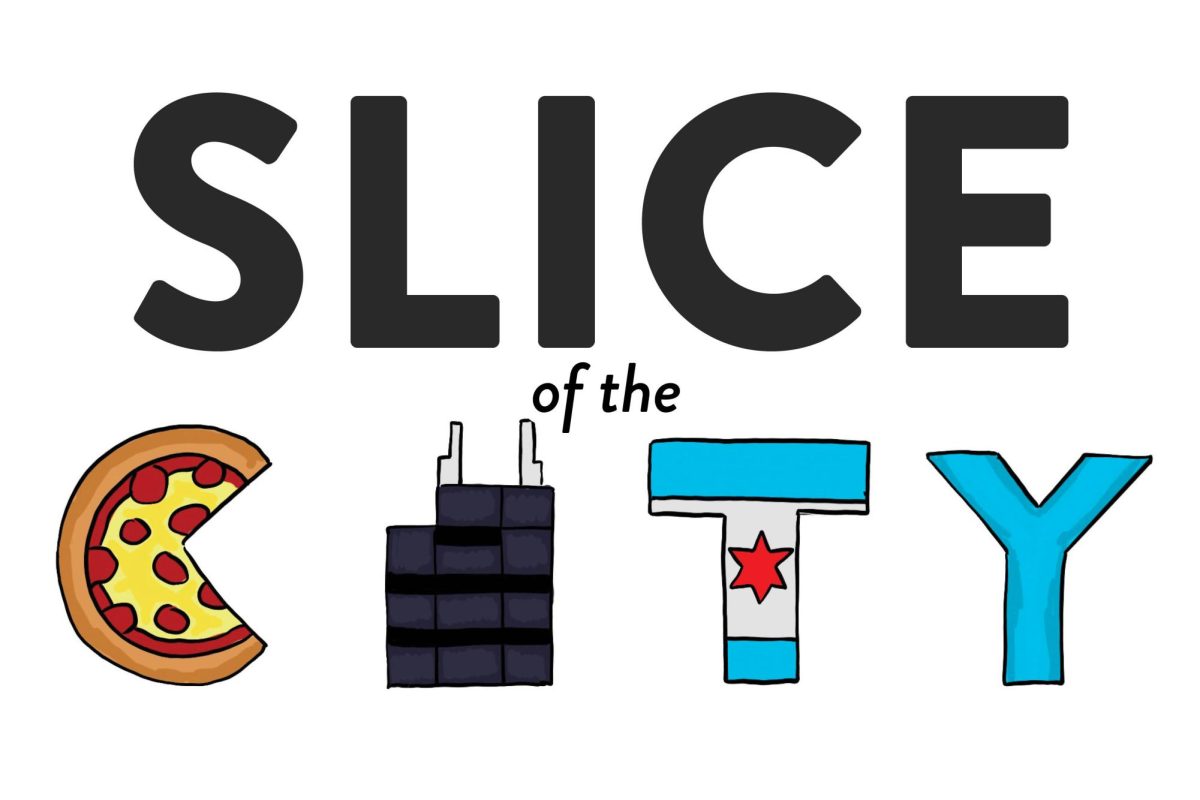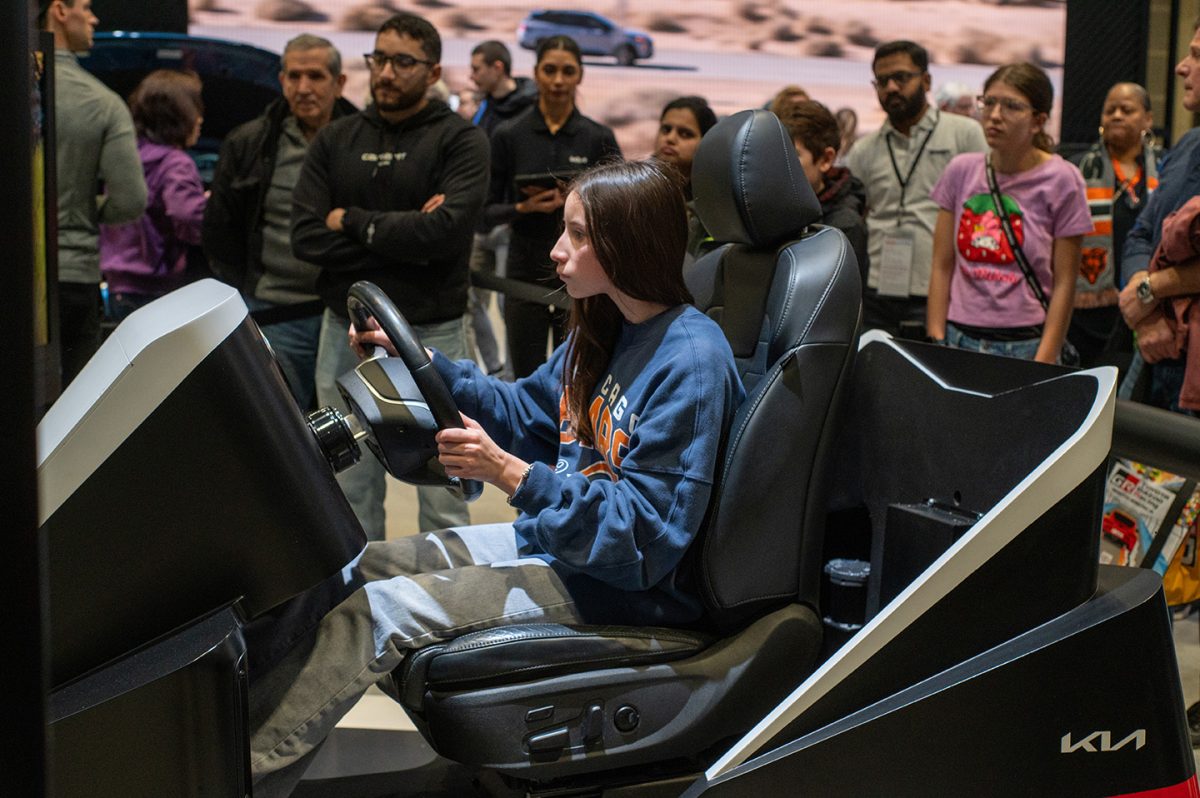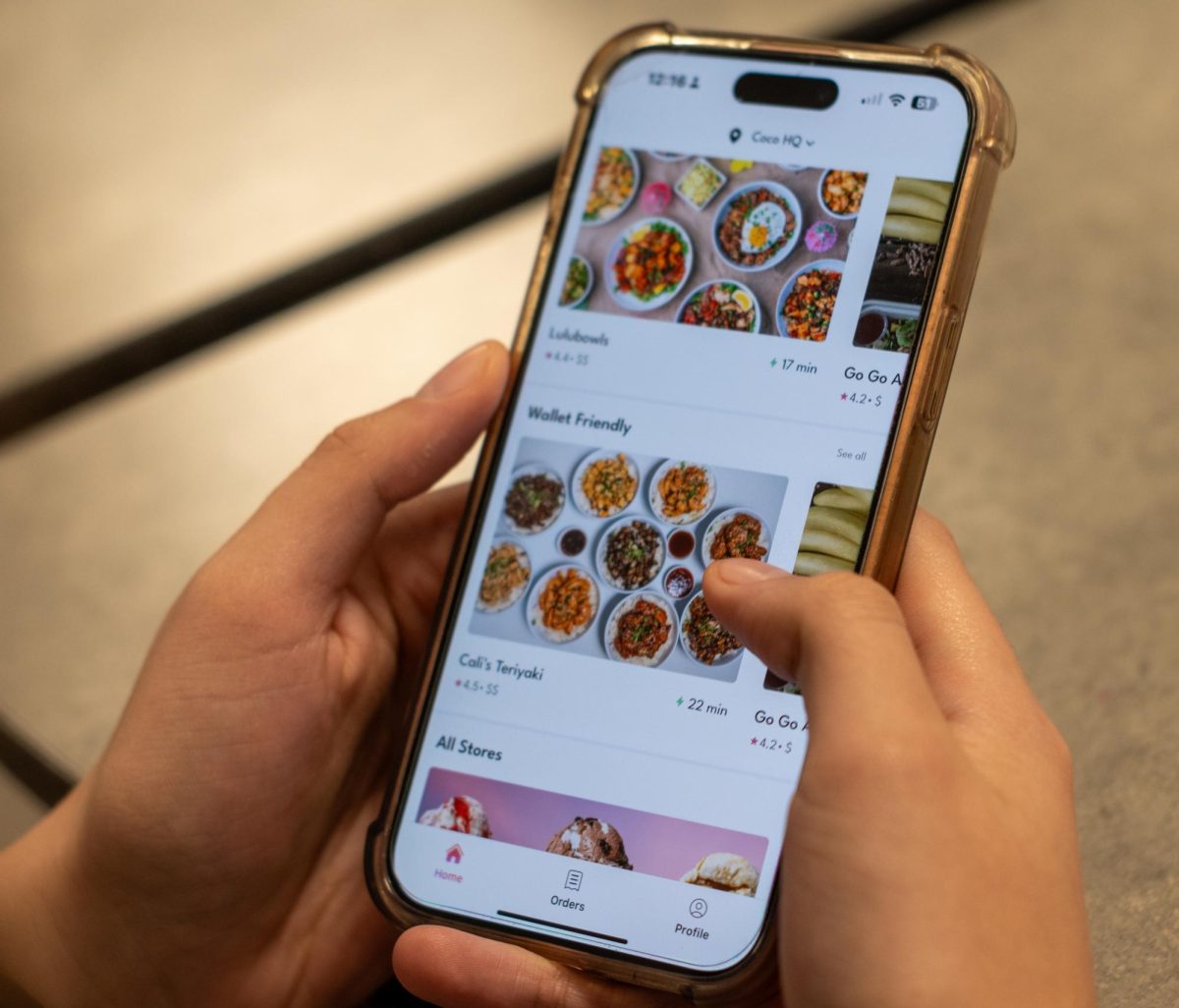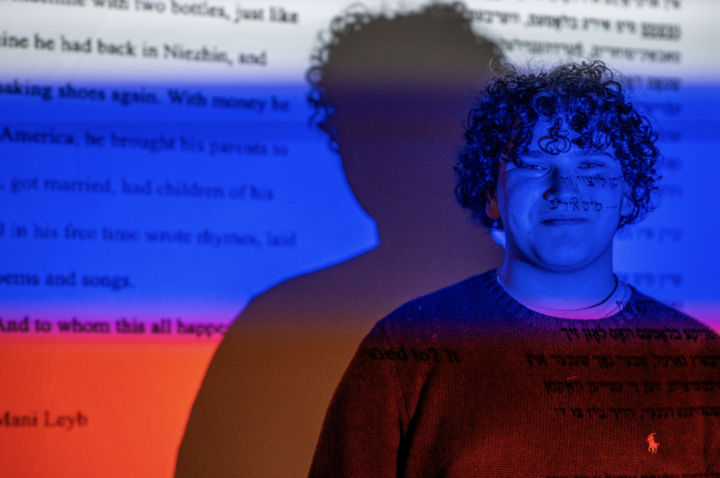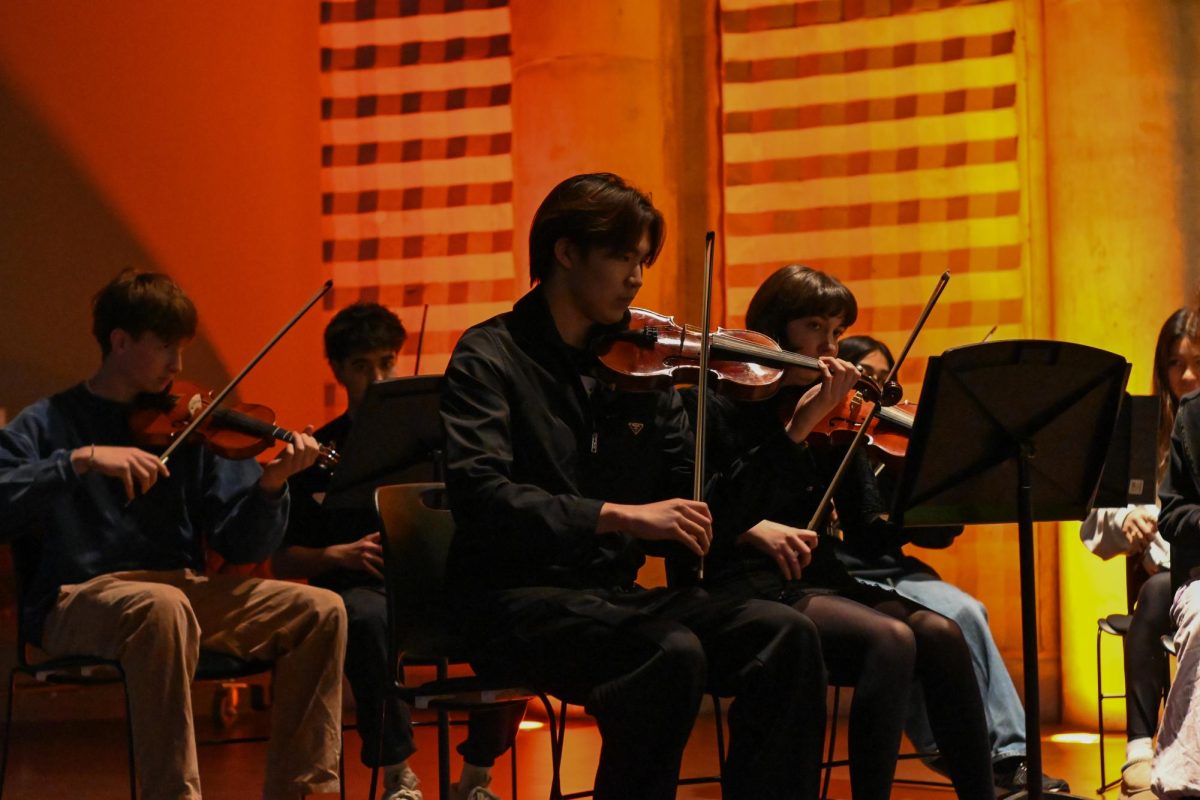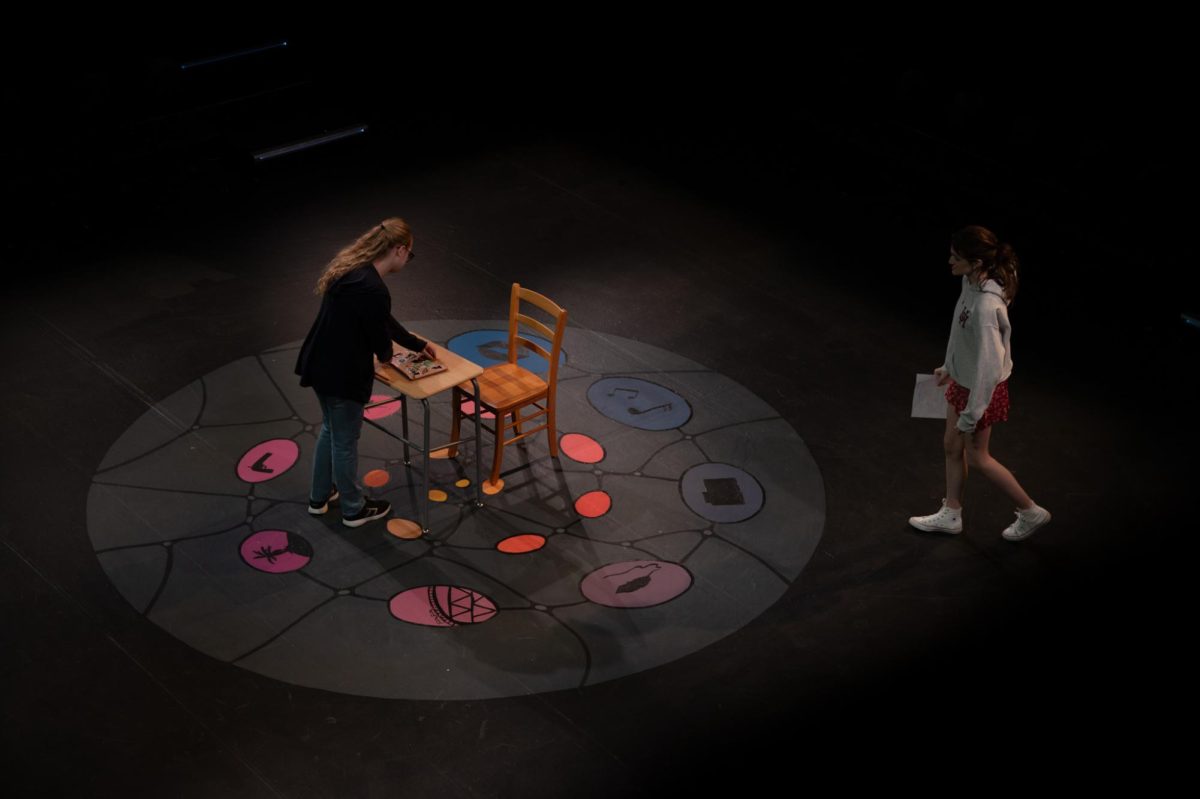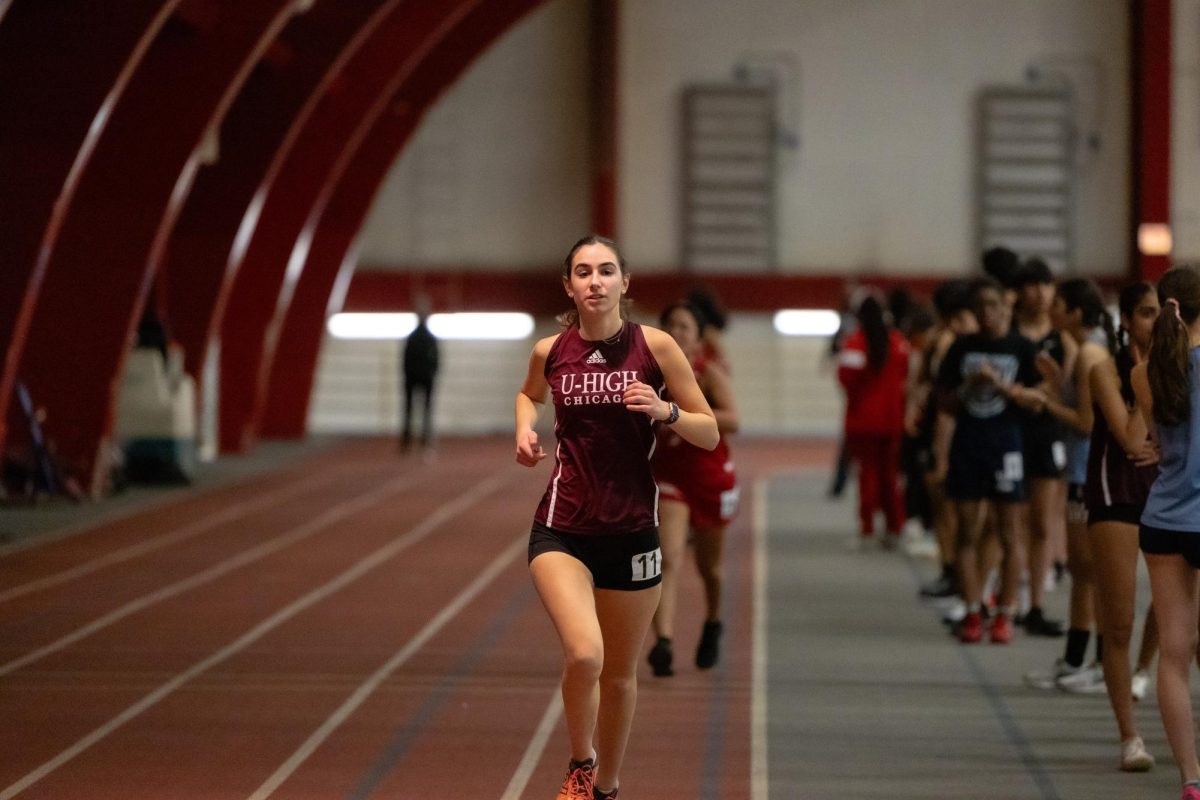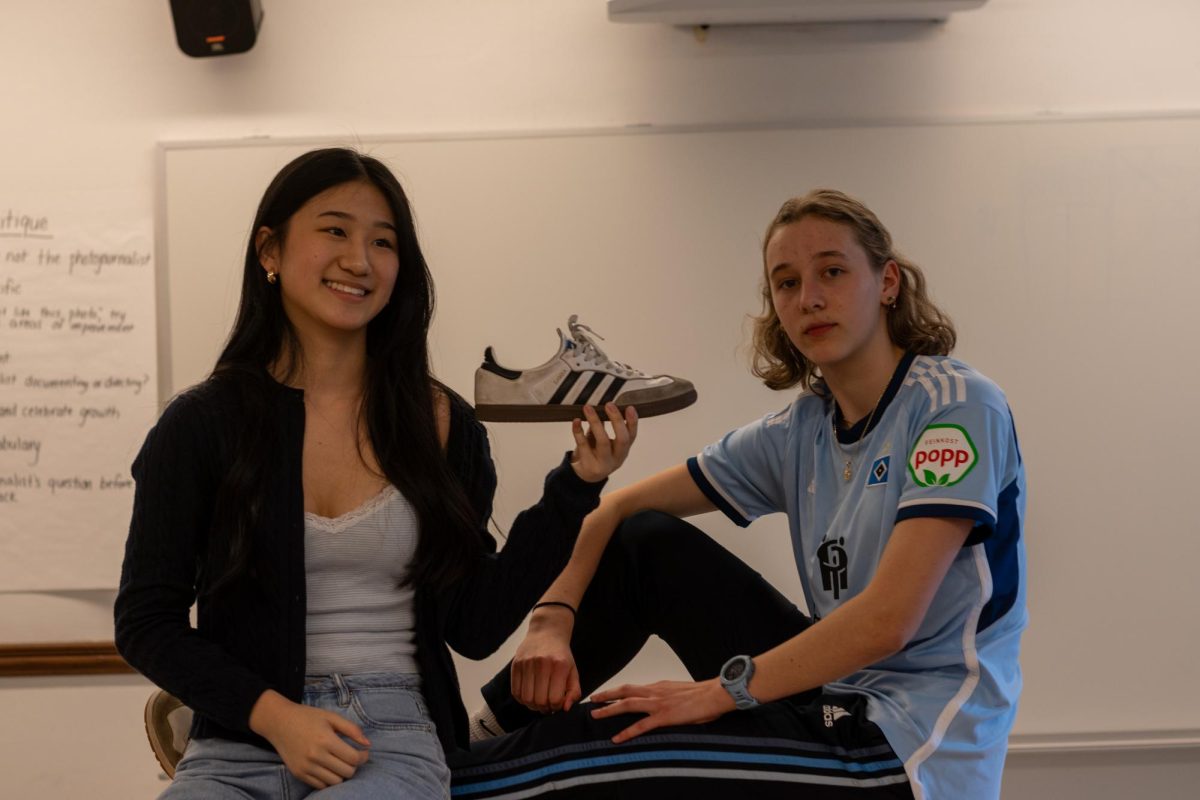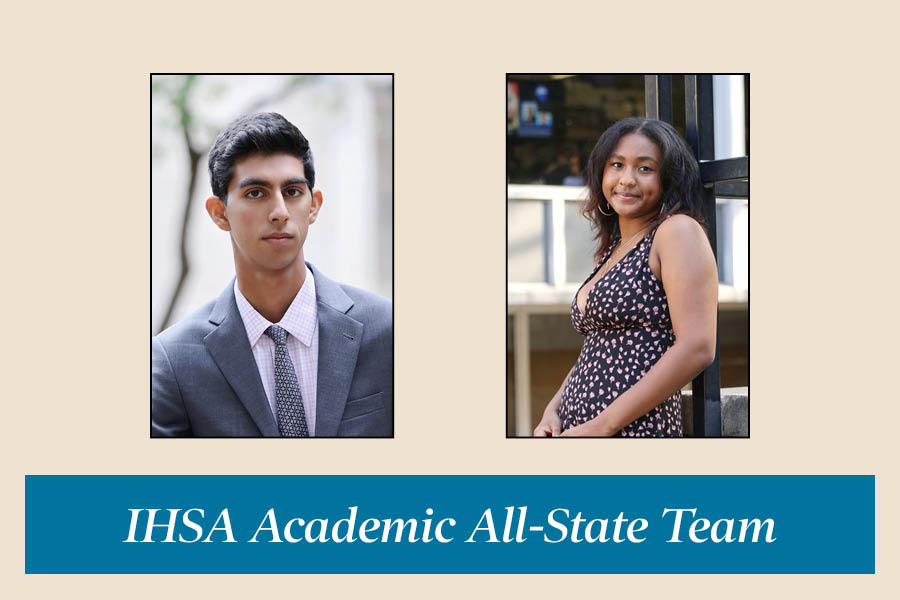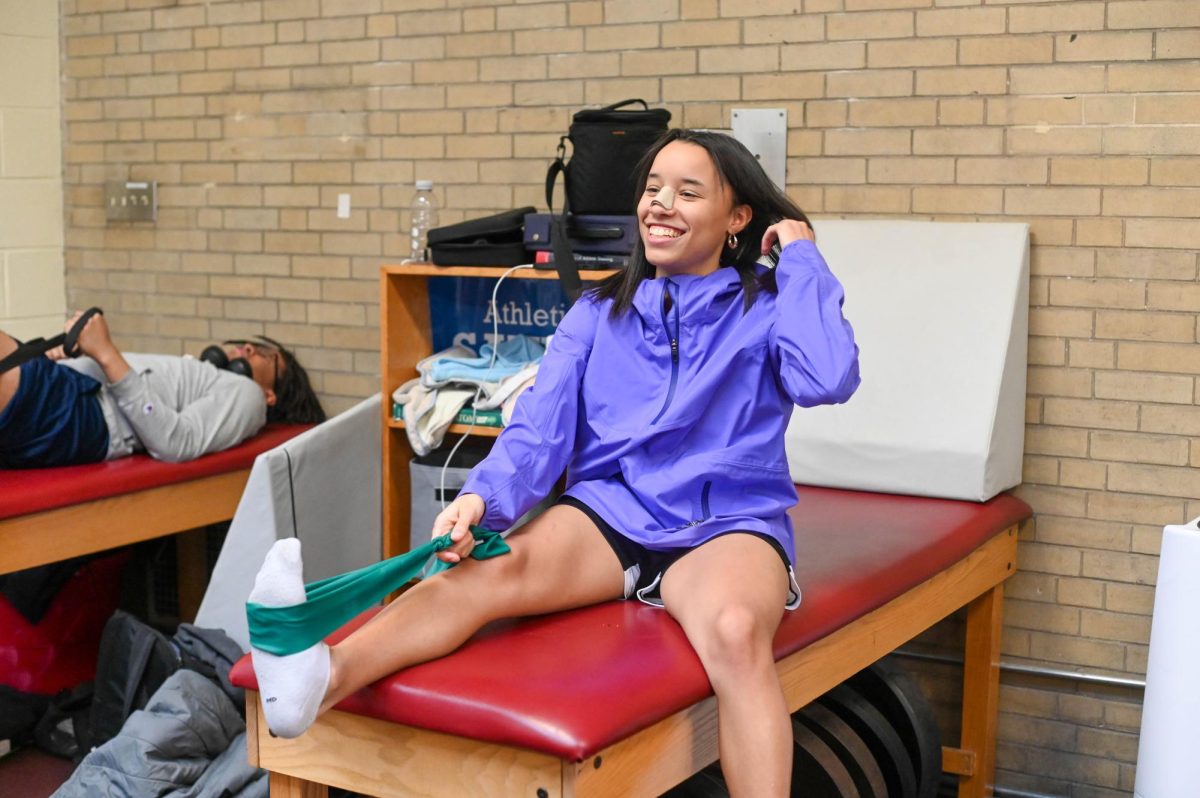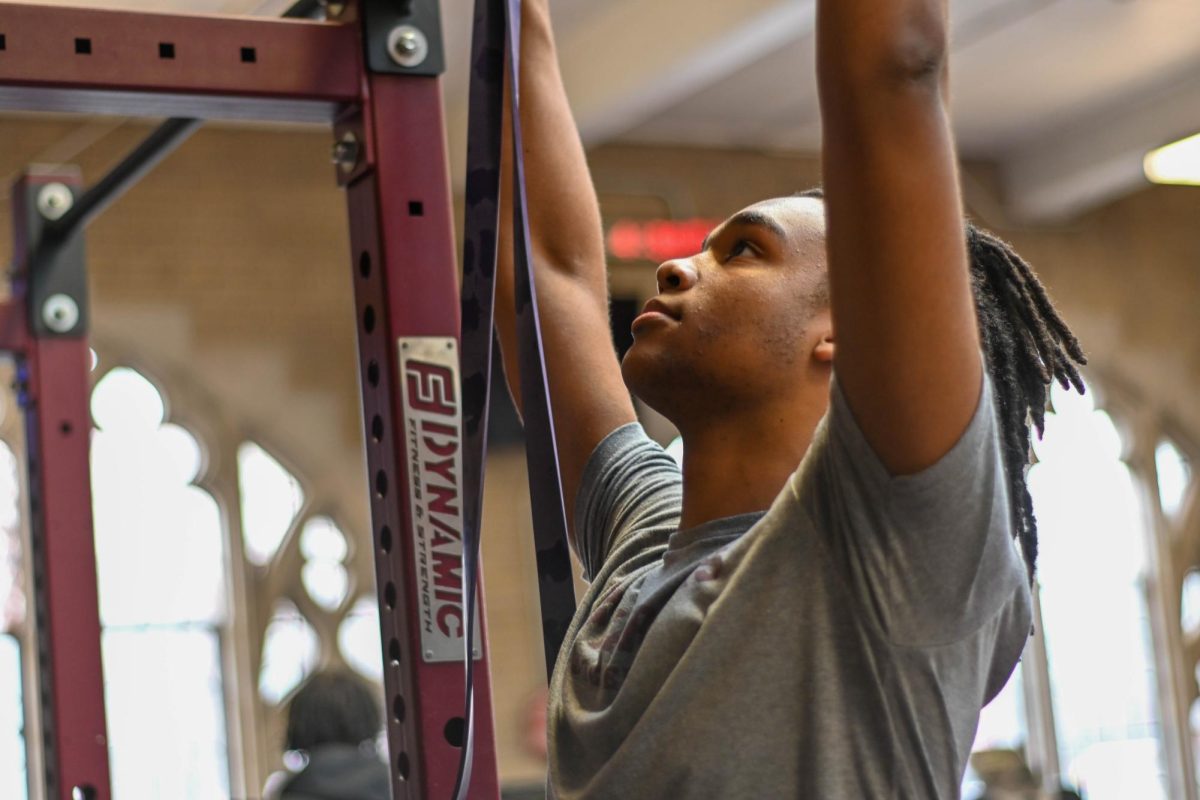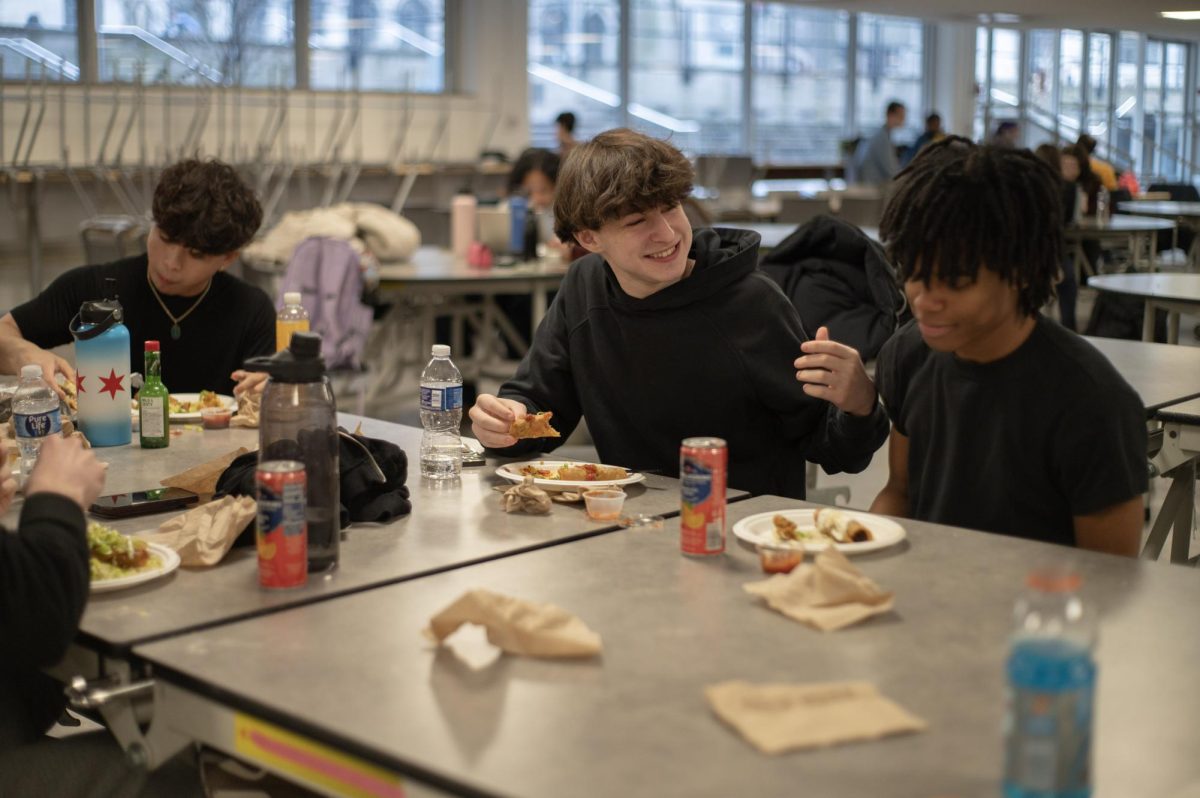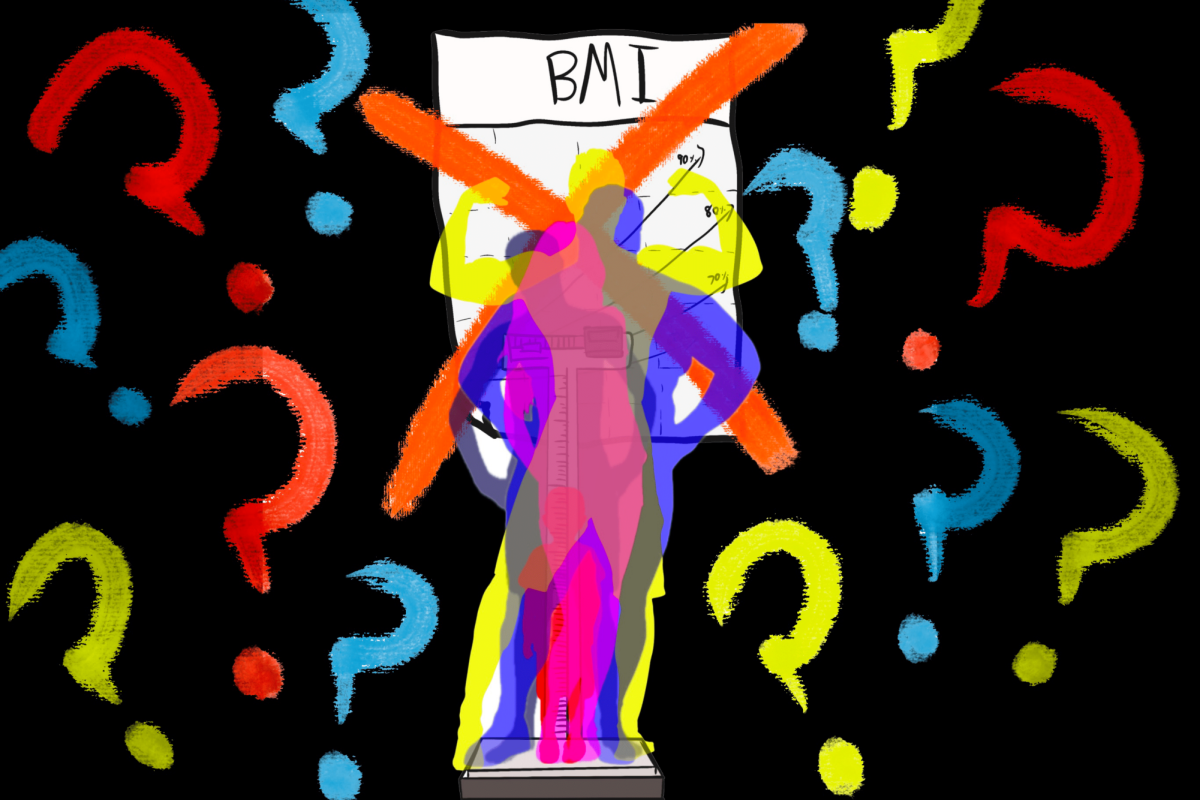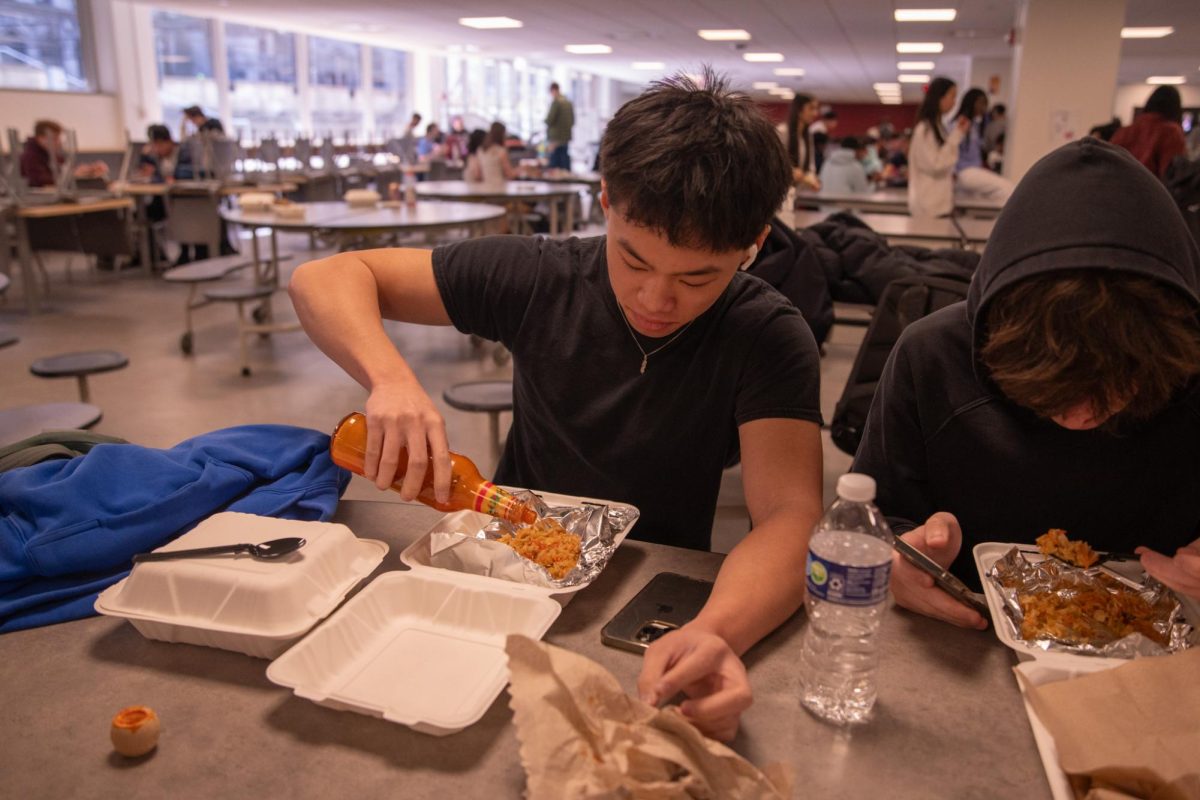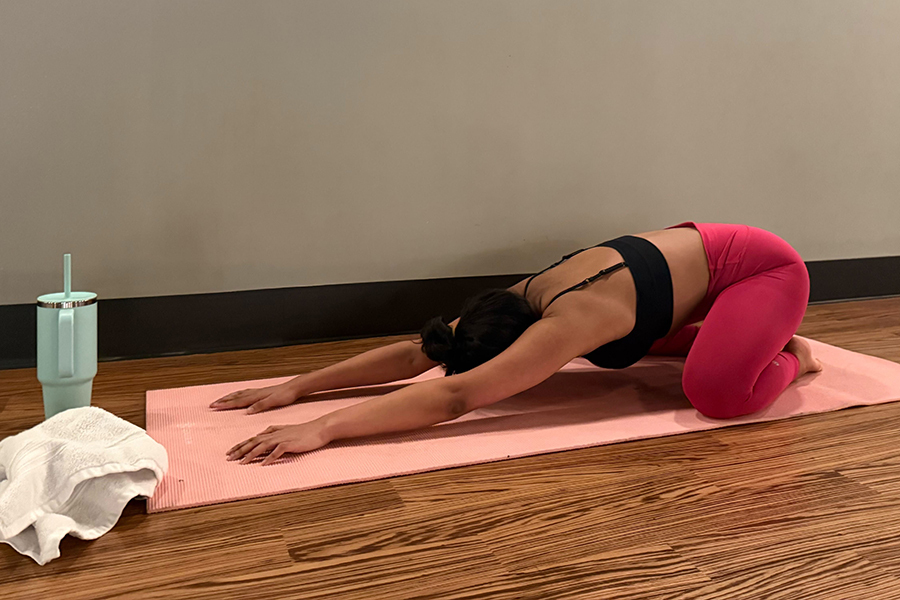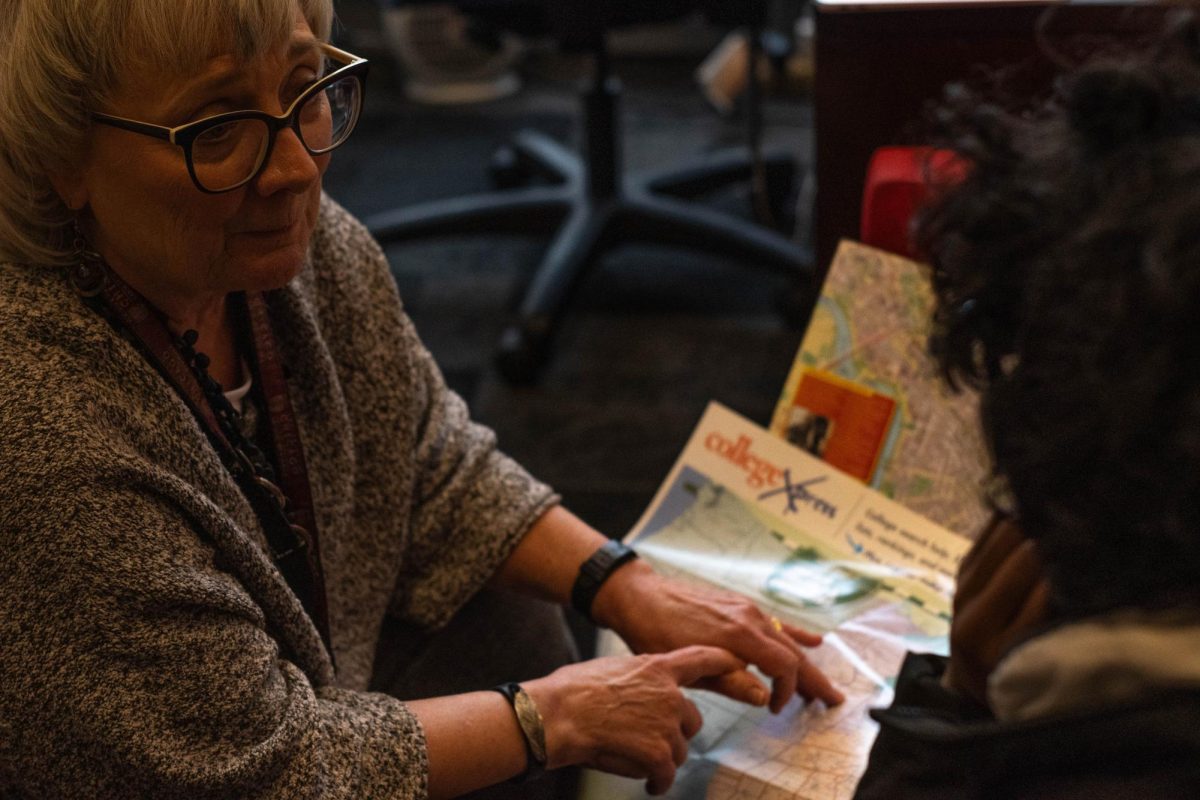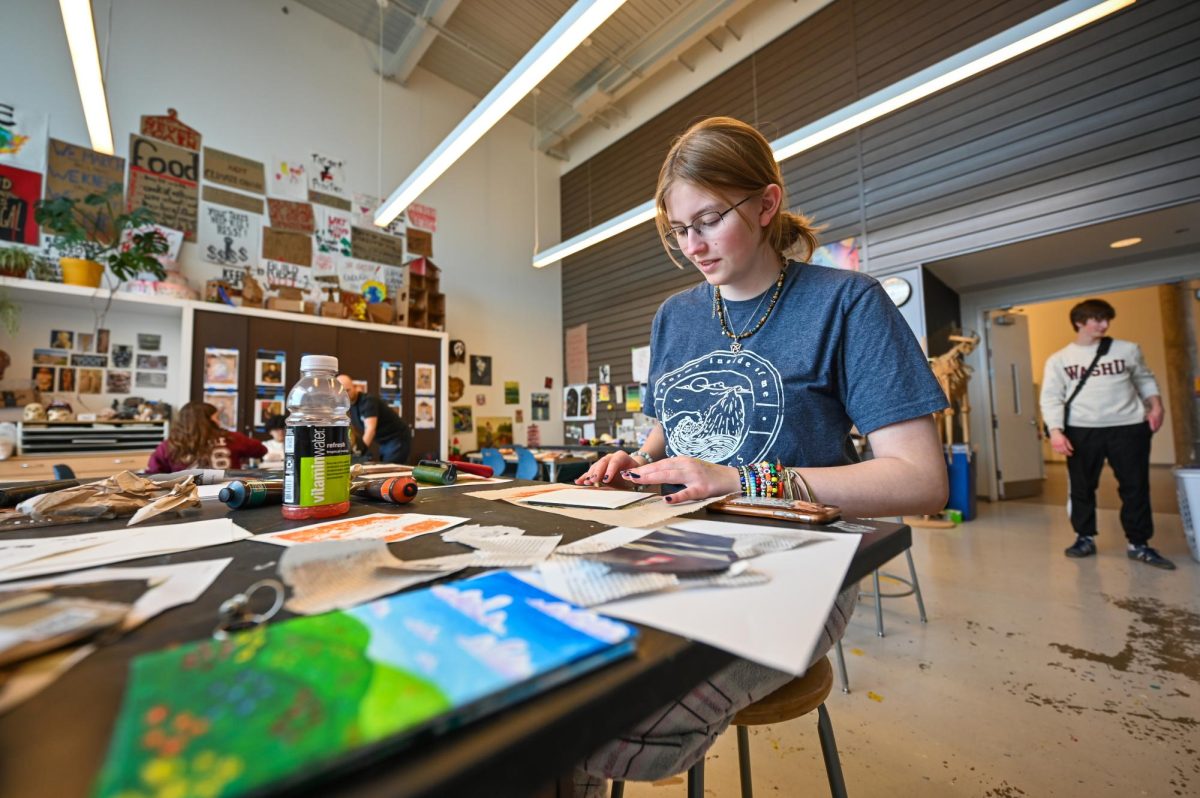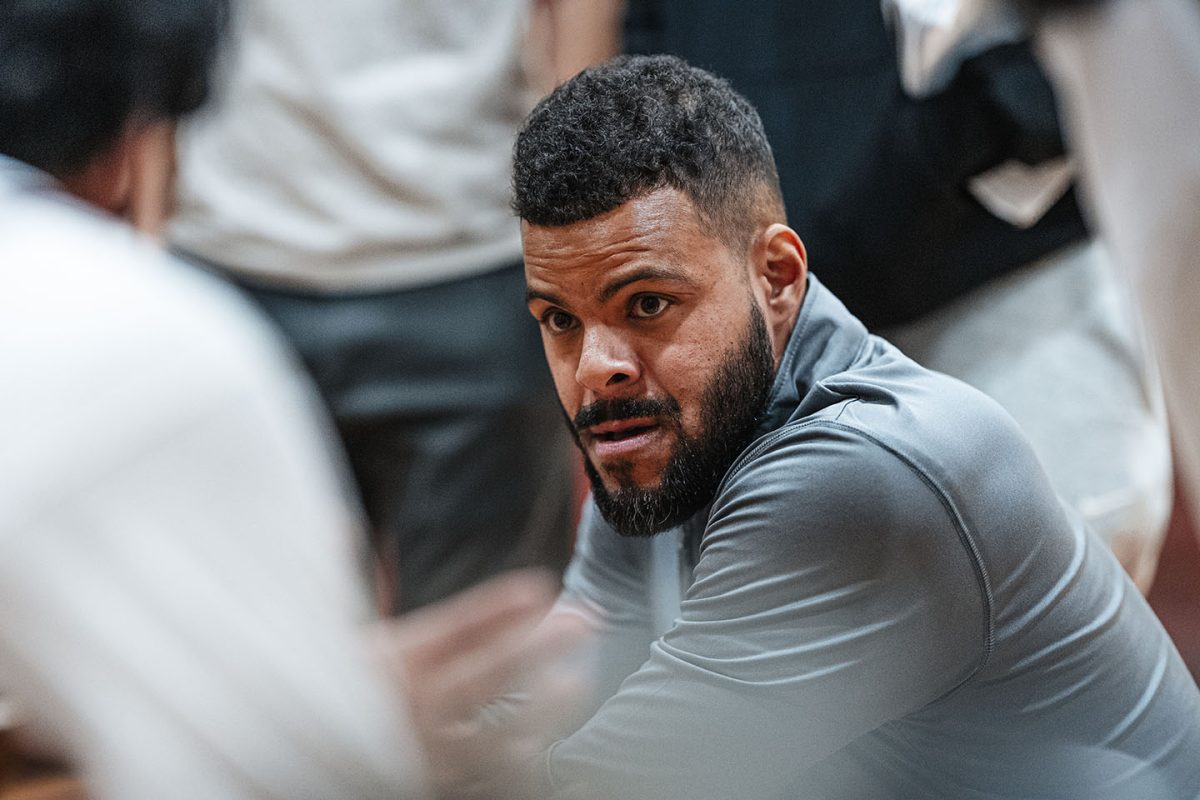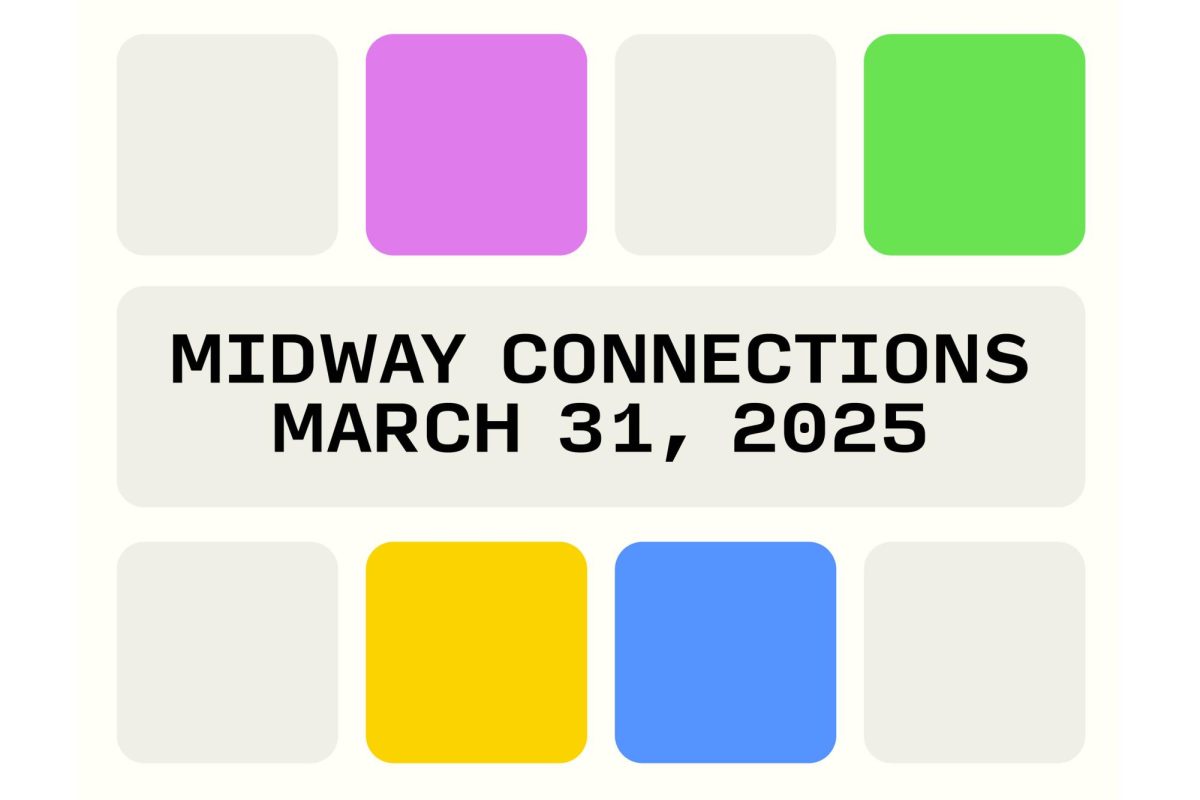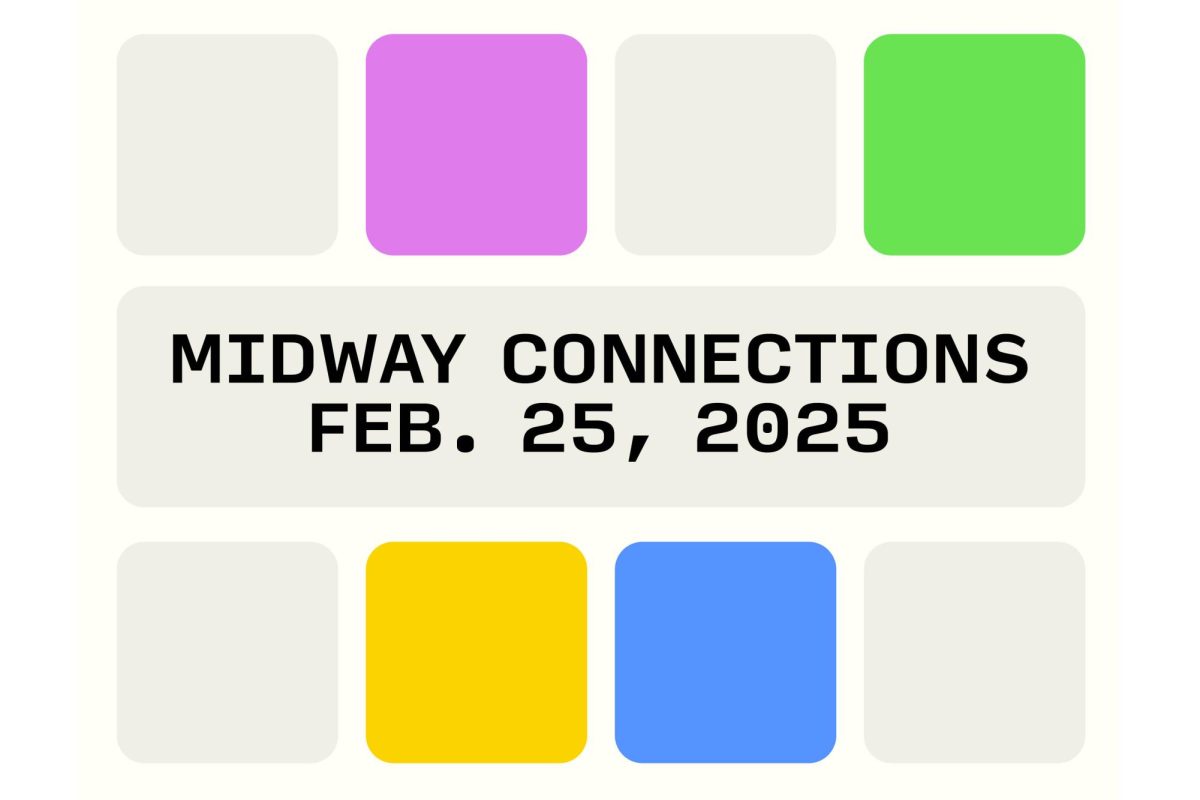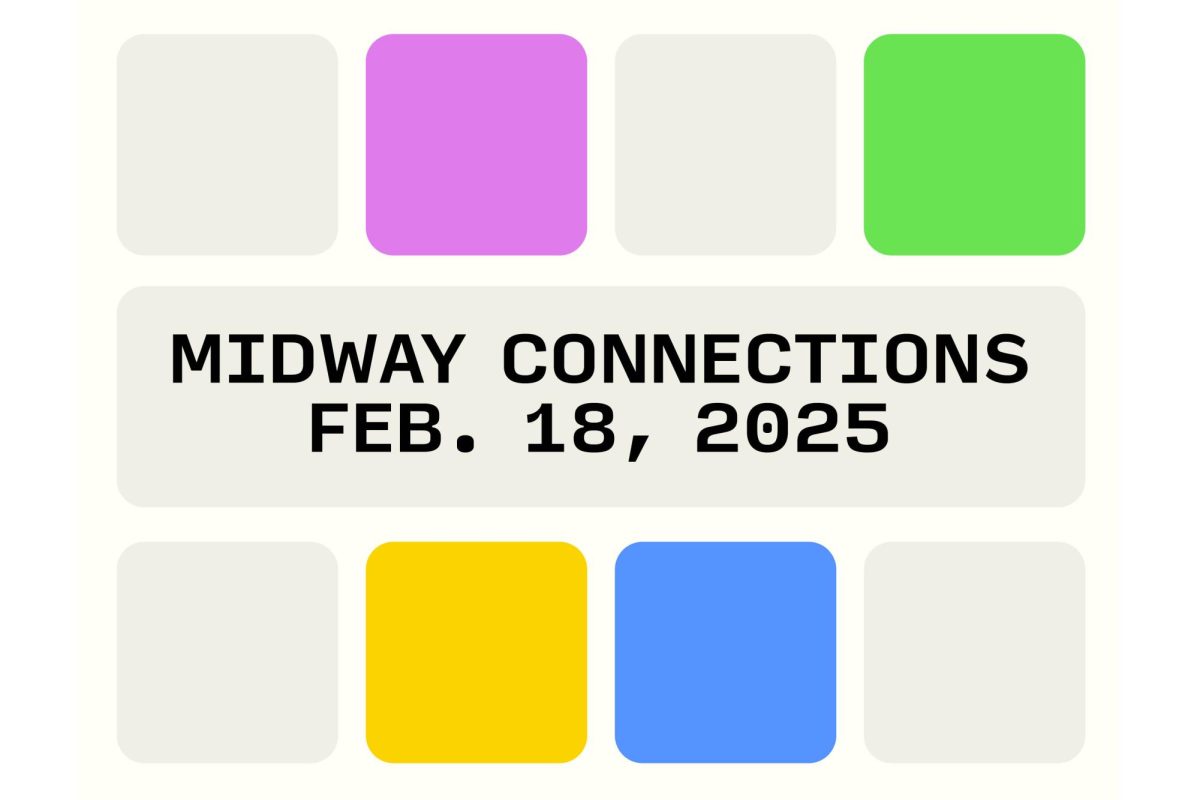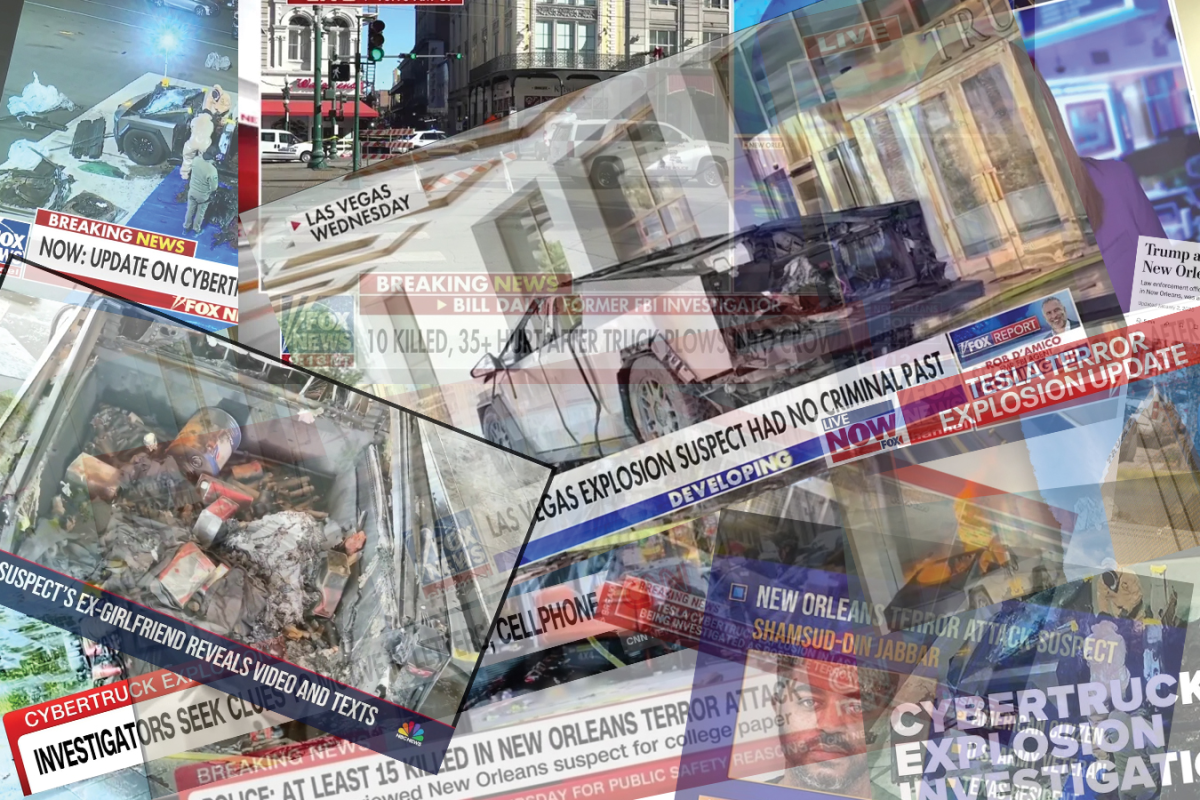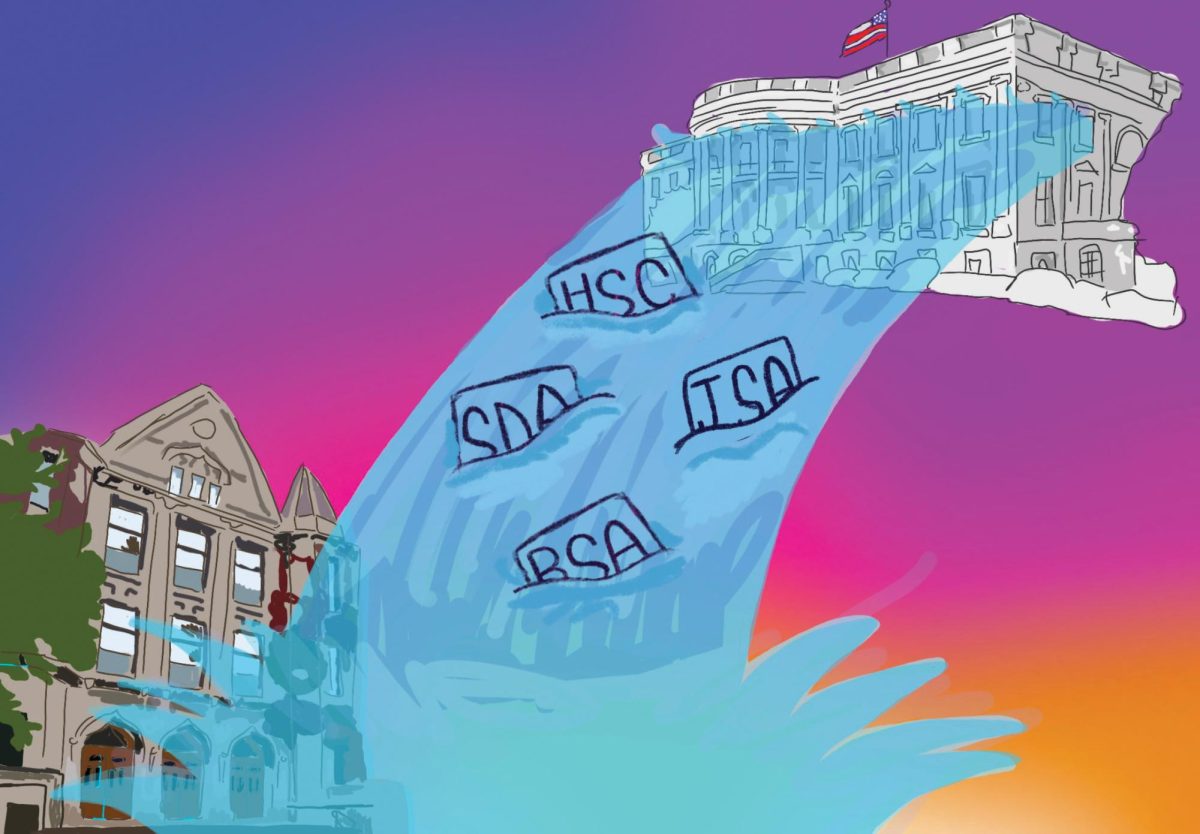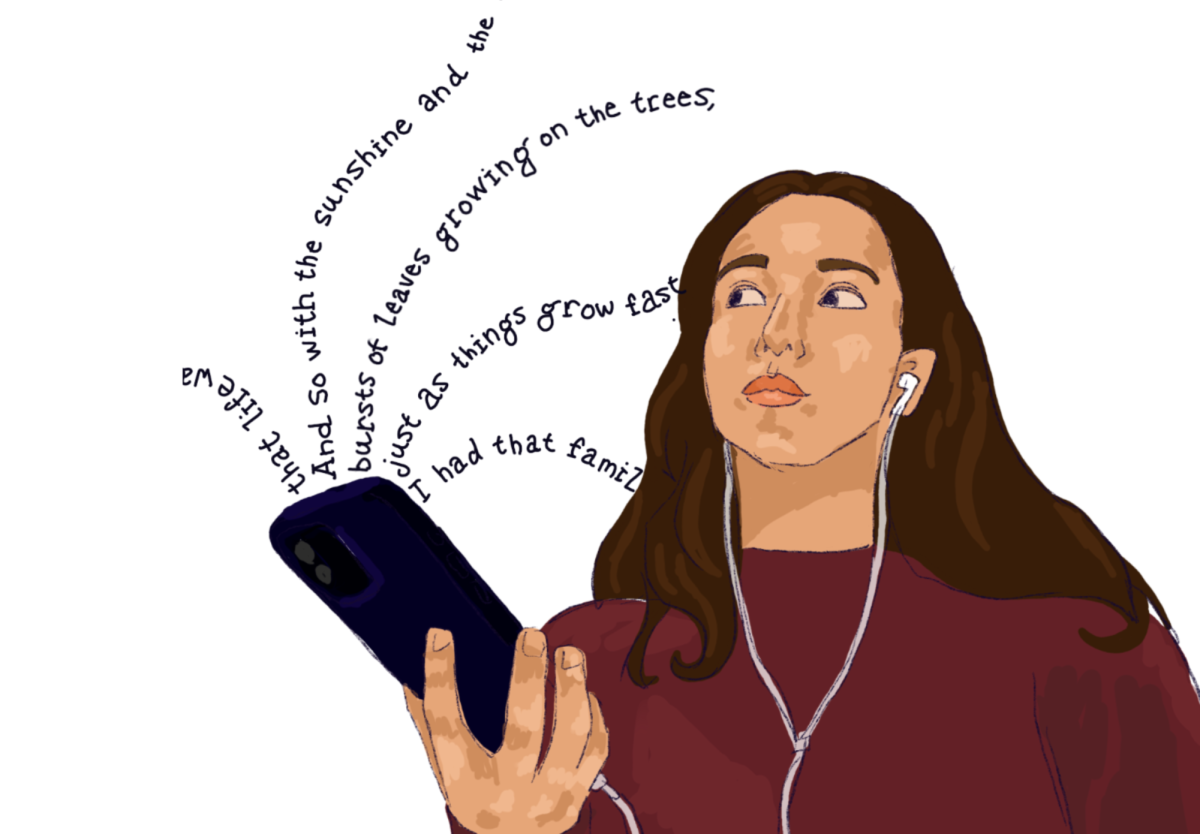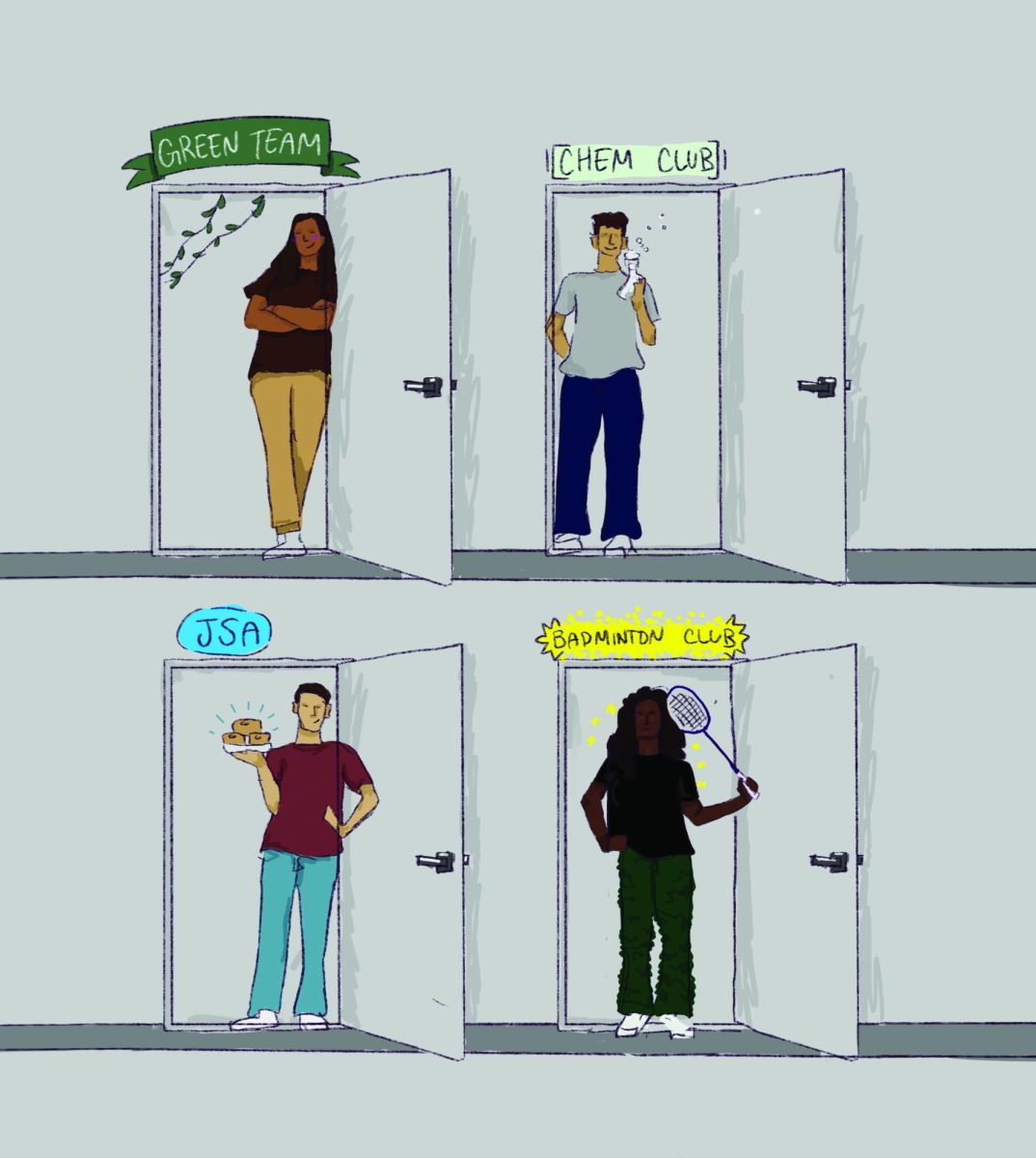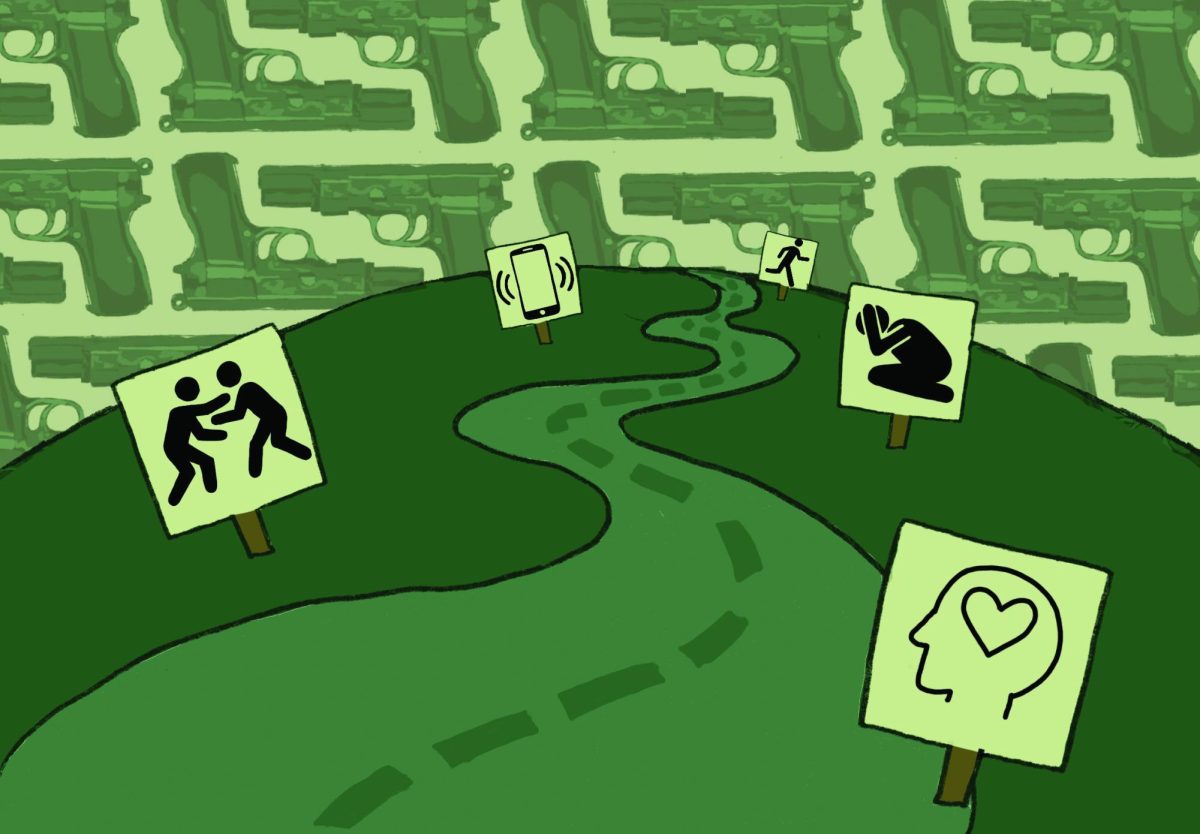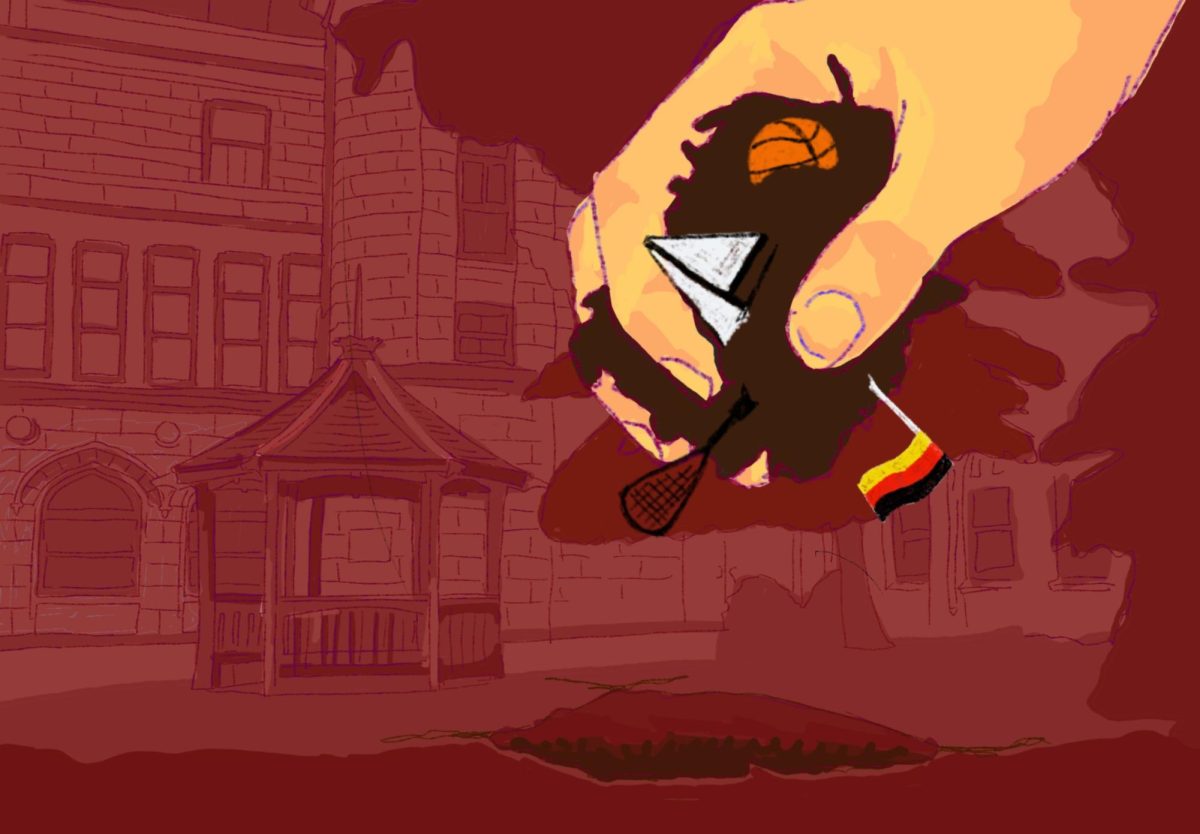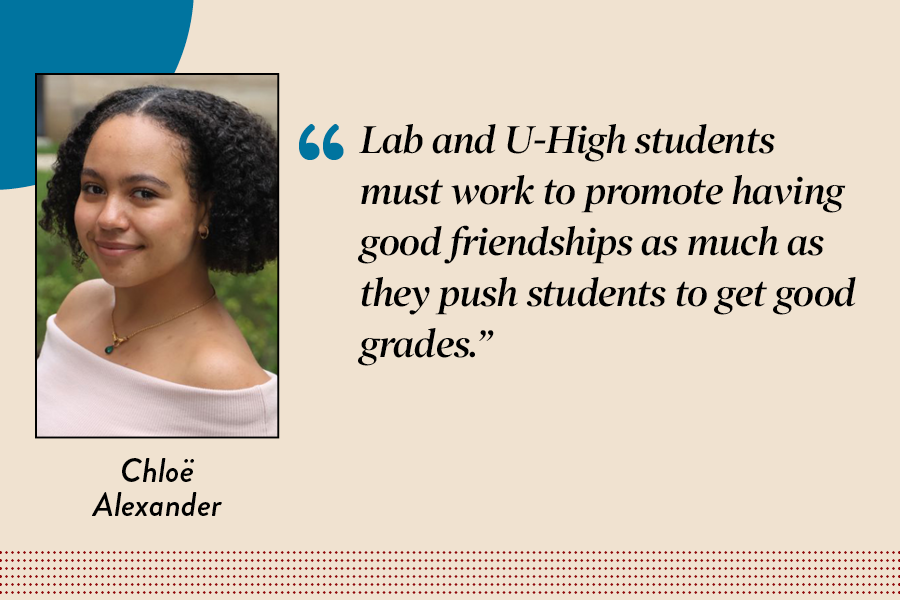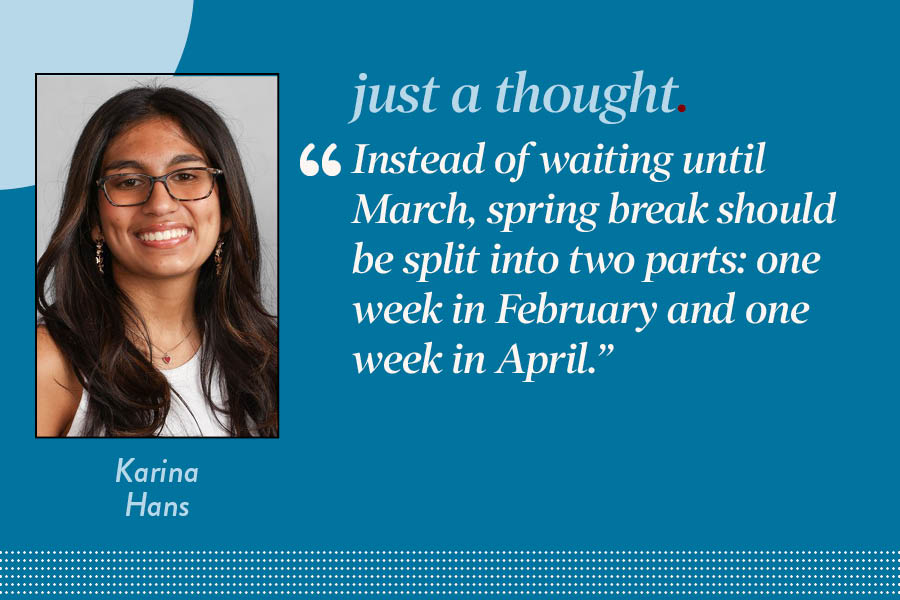After the New Year’s attacks in New Orleans and Las Vegas, misinformation spread through social media. Online, people jumped to conclusions about both attacks, making up or assuming things about the intentions of the attackers and their backgrounds.
These situations aren’t new.
A survey released last fall about news literacy in America revealed that 8 in 10 teens on social media reported seeing posts that spread or promote conspiracy, and 81% of them said they are inclined to believe the conspiracy. With events like these, it is essential to be careful when seeking information about current events.
Feb. 3-7 is National News Literacy Week, organized by the News Literacy Project. It’s a good reminder that students should seek proper sources, understand what they’re reading and visit multiple outlets instead of relying on just one, so they can stay properly informed before they trust and share something online.
Students need to develop good news readership habits, and 94% of teens say they want to learn about news literacy in school. Reading the news daily would be a good start. It helps form an understanding of how news is formatted. Checking to make sure the article is written by an expert in that field, and that the sources have the authority to speak on the issue, are two easy ways to check that the information you’re getting is verifiable and reliable.
Engaging with the news can seem like a struggle, especially when most teens are exhausted by news events and are untrusting of news outlets’ biases, but by looking at reputable news outlets such as The New York Times, PBS and Reuters, students can get as close to unbiased news as possible. Of course, every news organization has its own perspective, so students should avoid looking at only one source for their news. Even looking at news sources that both align with or contradict your own political affiliations will help provide a bigger picture.
By looking at multiple sources, and understanding what they’re telling you, students can form their own, now educated, opinion on a topic. Instead of just agreeing with the first opinion that they hear from any source, students should verify what they’re hearing before accepting the information they’re getting or sharing. Doing this will prepare students to stand by their opinion when interacting with someone with a differing one.
Students need to learn to recognize truth versus shock value in news. Headlines like “The would-be burglar who was snared by leaving smelly clue at crime scene” aren’t reporting news or any information that is to help the reader. Its only value is to get a click and scare the reader. Avoiding headlines like this, and instead reading stories that are related to current events such as “For Just Dollars a Day, Inmates Fight California’s Fires” actually increases understanding of events.
On any day, each of us knows we’ll see dozens of influencers talking about events both real and fake. But, all of the misinformation isn’t preventing any of us from understanding the news. By truly understanding the news we read, we will battle misinformation and gain the knowledge and ability to participate in civic society as well-informed, critical thinkers.

